A freestanding bathtub is not simply a functional element in the bathroom, but an aesthetic element that makes the space look a whole lot better. If you’re redoing your bathroom or building a new house, consider a freestanding tub, which is a great way to bring in an element of luxury and relaxation. With numerous styles and designs available, freestanding bathtubs provide ample space and comfort in areas that require relaxing features.
If you’re thinking about adding a freestanding tub in your space, this guide to installation, pros and cons, and maintenance will help. Whether you’re doing it yourself or hiring a pro, this article is for you.
Benefits of a Freestanding Bathtub
That’s why freestanding bathtubs are all the rage. They combine style with substance and can help turn a plain bathroom into something like a spa retreat. Wellfor offers a multitude of shapes, materials, and finishes, ensuring that the perfect freestanding bathtub can be found to enhance your space.
Here’s why they’re so appealing:
· Aesthetic Appeal: Freestanding tubs are elegant, making them the focal point of your bathroom.
· Design Versatility: They pair well with various interior styles, from modern minimalist to classic vintage.
· Space Flexibility: Since they don’t require attachment to walls, freestanding bathtubs can be placed anywhere you want.
Things to Consider Before Installation
Before you get started, here are some key factors to keep in mind:
1. Available Space: Ensure your bathroom has enough room for the tub and allows for comfortable movement around it.
2. Plumbing: Check if your existing plumbing is compatible with the freestanding bathtub or if modifications are required.
3. Weight of the Tub: Make sure your bathroom floor can support the tub’s weight, especially if you choose materials like cast iron.
4. Access to Water Supply: The location of tub fillers or faucets plays a significant role in the installation process.
How to Install a Freestanding Bathtub
Installing a freestanding bathtub may seem intimidating, but with the right tools and preparation, it can be a straightforward process. Here’s a step-by-step guide to help you through the installation.
1. Gather Your Tools and Supplies
Before starting, you’ll need the following items:
· Freestanding bathtub (such as a Wellfor freestanding bathtub)
· Flexible plumbing connectors
· Level
· Measuring tape
· Tub filler or freestanding faucet
· Silicone or sealant
· Screwdrivers, adjustable wrenches, and a hacksaw (if necessary)
2. Prepare the Location
· Measure and Mark: Measure your space to ensure the tub fits perfectly. Use tape to mark where the bathtub will sit.
· Check Plumbing: Verify the location of the drain and water supply line. Adjust them if necessary to align with the tub’s requirements.
3. Assemble the Drain and Plumbing
· Install the tub drain according to the manufacturer’s instructions.
· Use flexible plumbing connectors to link the bathtub’s drain pipe to the floor drain. This allows for small adjustments and ensures a snug fit.
4. Position the Bathtub
· Carefully place your freestanding bathtub in the designated spot.
· Use a level to ensure the tub is steady and even. Adjust as needed.
5. Install the Tub Filler
· Freestanding bathtubs typically require a standalone faucet or tub filler. Follow the instructions provided with your faucet to secure it to the floor or wall.
· Connect it to your home’s water supply.
6. Seal the Edges
· Apply silicone or sealant around the base of the tub where it meets the floor. This helps prevent water leaks and stabilizes the tub.
7. Test for Leaks
· Turn on the water supply to fill the tub and test for leaks around the drain and faucet areas. Address any issues promptly.
8. Final Touches
· Once you’re satisfied, clean the area around the tub and polish the surfaces. You’re all set to enjoy your new Wellfor freestanding bathtub!

Pros and Cons of a Freestanding Bathtub
While a freestanding bathtub offers plenty of benefits, it’s important to consider both the positives and negatives before investing.
Pros
1. Timeless Design: Freestanding tubs have a universal appeal that helps elevate the look of any bathroom.
2. Placement Flexibility: You can place the tub almost anywhere in the bathroom, as long as there’s access to plumbing.
3. Comfortable Options: Freestanding tubs come in a variety of shapes and materials, offering ergonomic options for better comfort.
4. Easy to Clean: Since all sides are exposed, cleaning around and under the tub is much easier.
5. Value Addition: A well-placed freestanding tub can increase the resale value of your home.
Cons
1. Space Requirement: Freestanding bathtubs take up more room and may not be ideal for smaller bathrooms.
2. Cost: They’re often more expensive upfront compared to built-in tubs, especially when accounting for installation.
3. Plumbing Visibility: You may need additional fixtures to hide exposed plumbing, which could add to the cost.
4. Access Issues: Stepping in and out of a freestanding tub might be more challenging for elderly users or those with mobility issues.
Maintenance Tips for Your Freestanding Bathtub
To keep your Wellfor freestanding bathtub looking and functioning at its best, regular maintenance is essential. Below are some practical tips to help you care for your tub.
1. Clean Regularly
· Use a mild, non-abrasive cleaner to wipe down the tub after each use.
· Avoid harsh chemicals that can damage the surface or finish.
2. Prevent Staining
· Rinse the tub thoroughly after each use to prevent soap scum and residue from building up.
· If your water is hard, consider using a water softener to avoid mineral stains.
3. Protect the Surface
· Don’t use metal scrubbers or abrasive pads, as these can scratch the tub’s surface.
· Place a bath mat in the tub if using bath salts or oils to prevent discoloration.
4. Inspect the Plumbing
· Check for leaks around the drain and faucet regularly. Tighten connections if necessary.
· Ensure that the overflow drain is functioning properly to avoid water damage.
5. Polish and Shine
· Once a month, use a gentle polisher to maintain the tub’s shine.
· For materials like acrylic or fiberglass, use products specifically designed for these surfaces.
Should You DIY or Hire a Professional?
While installing a freestanding bathtub can be a manageable DIY project for experienced homeowners, certain situations may call for professional help. If your bathroom requires significant plumbing modifications or you’re uncertain about the process, hiring a licensed plumber is a safer choice.
Final Thoughts
A freestanding bathtub isn’t just a place to bathe; it’s a sanctuary where you can unwind after a long day. With easy-to-follow installation steps, careful consideration of the pros and cons, and regular maintenance, you can make the most of your investment.
Whether you’re upgrading your space or creating a luxurious retreat, a Wellfor freestanding bathtub is a stylish and practical addition to any bathroom. By following this guide, you’ll enjoy a beautiful and functional centerpiece for years to come.

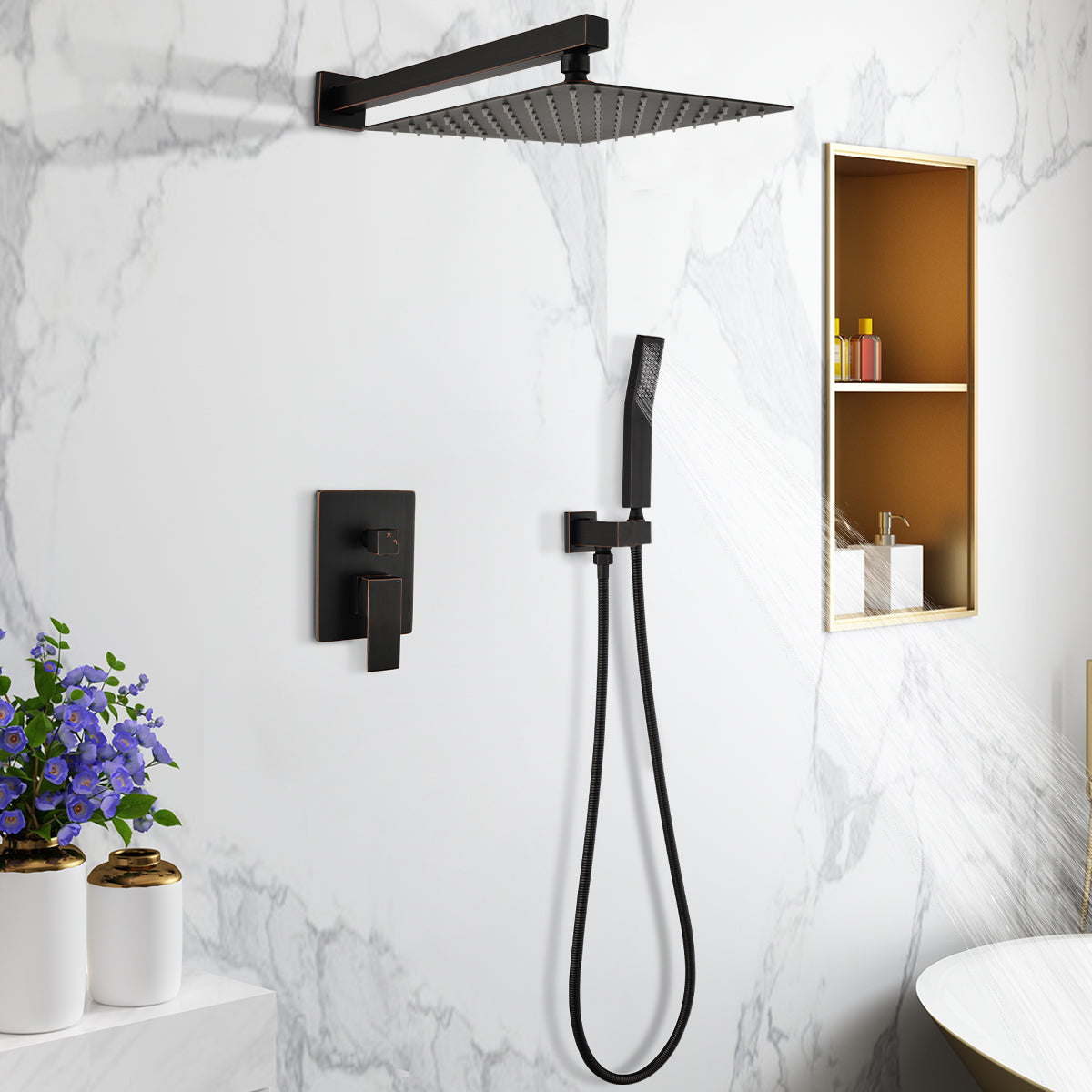
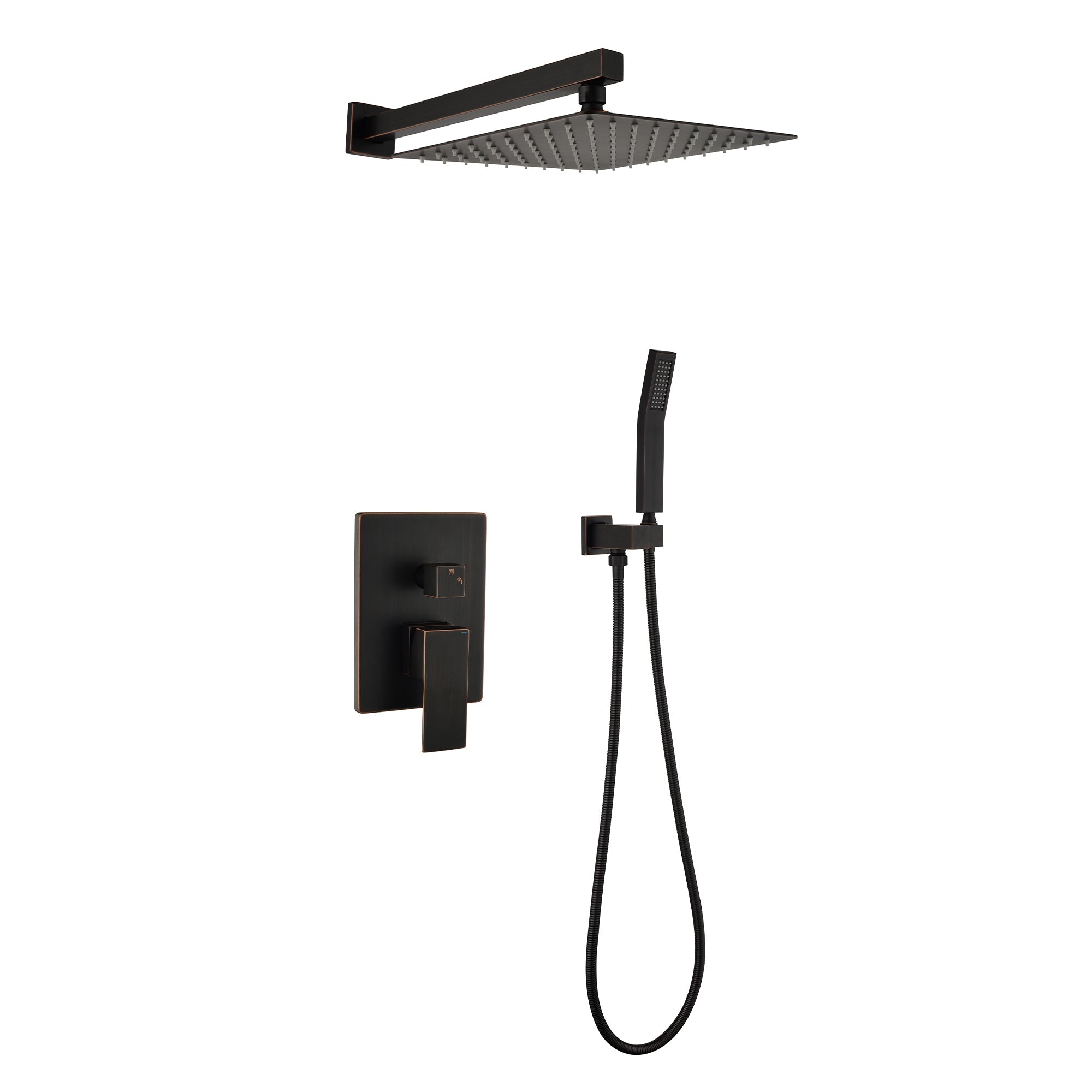


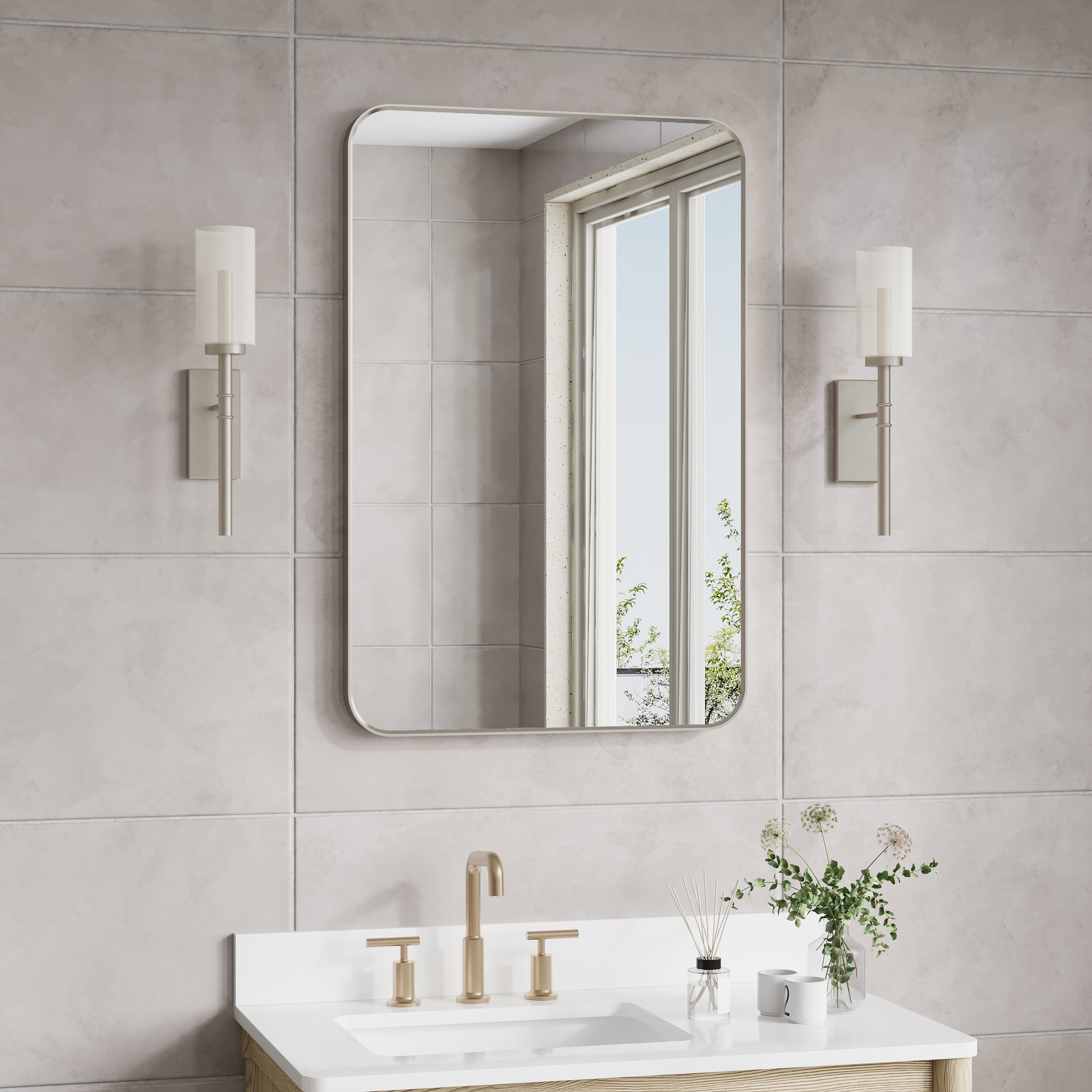
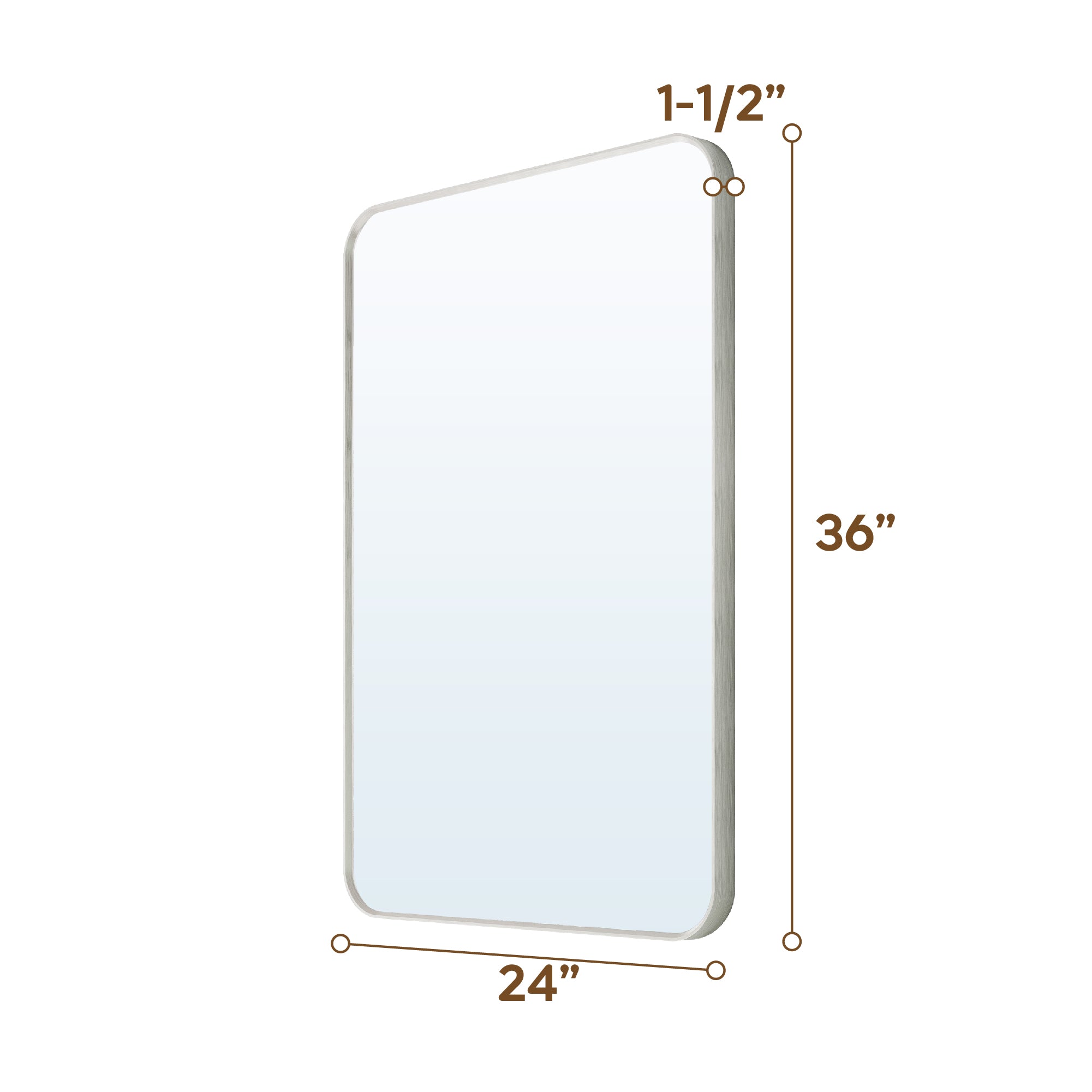
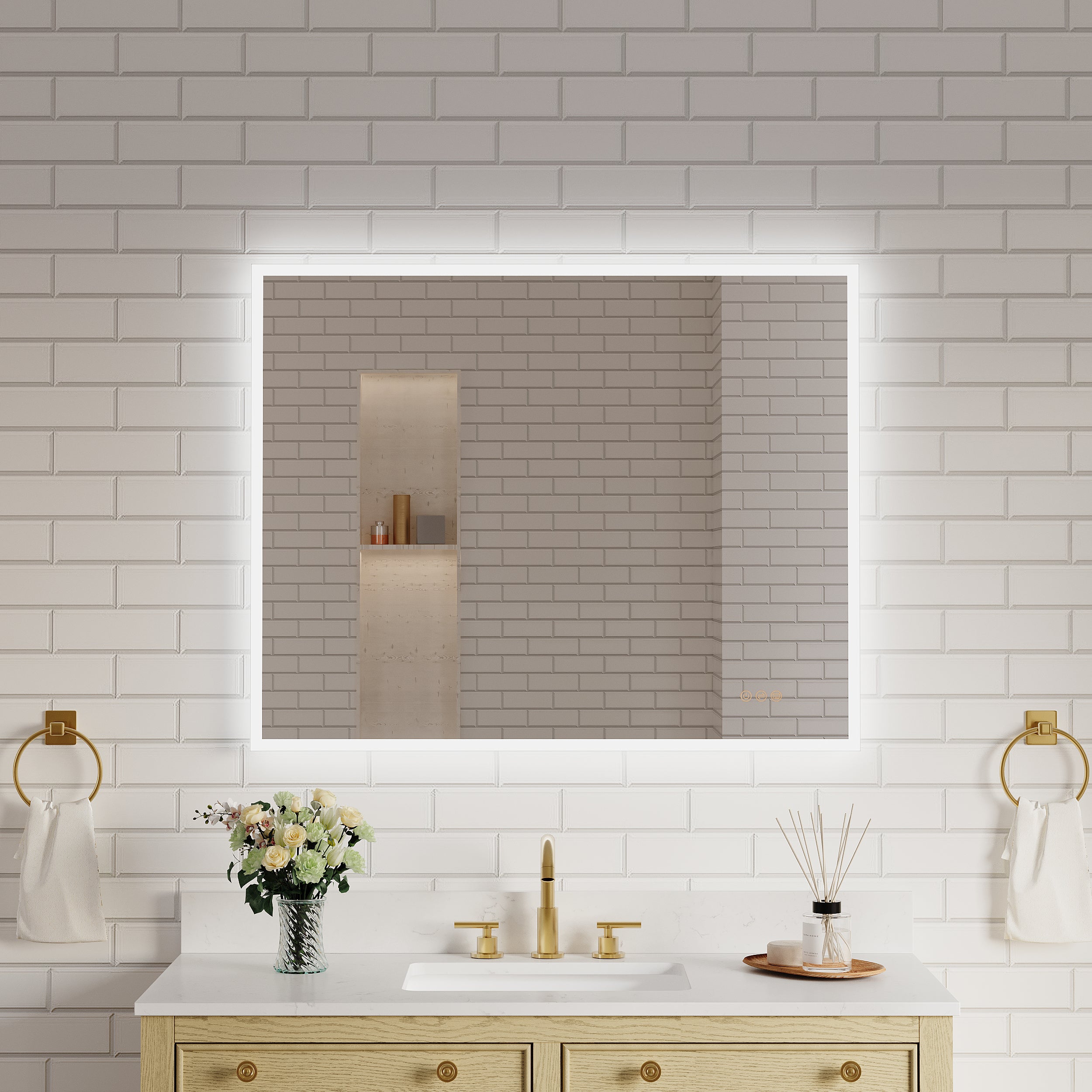


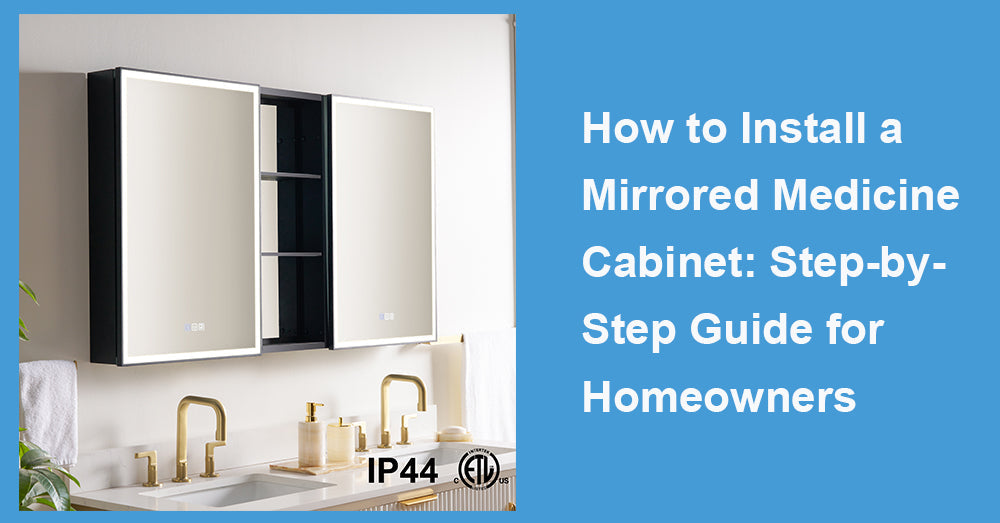
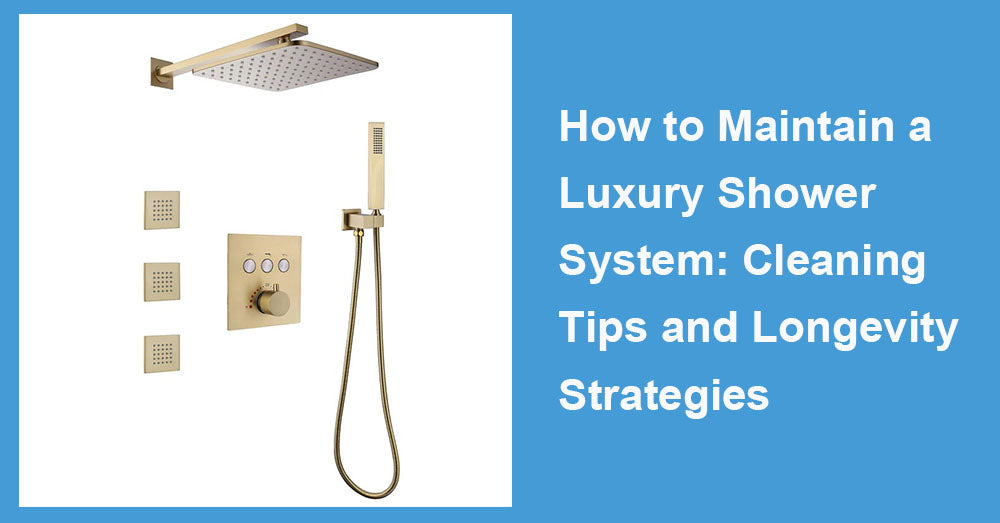
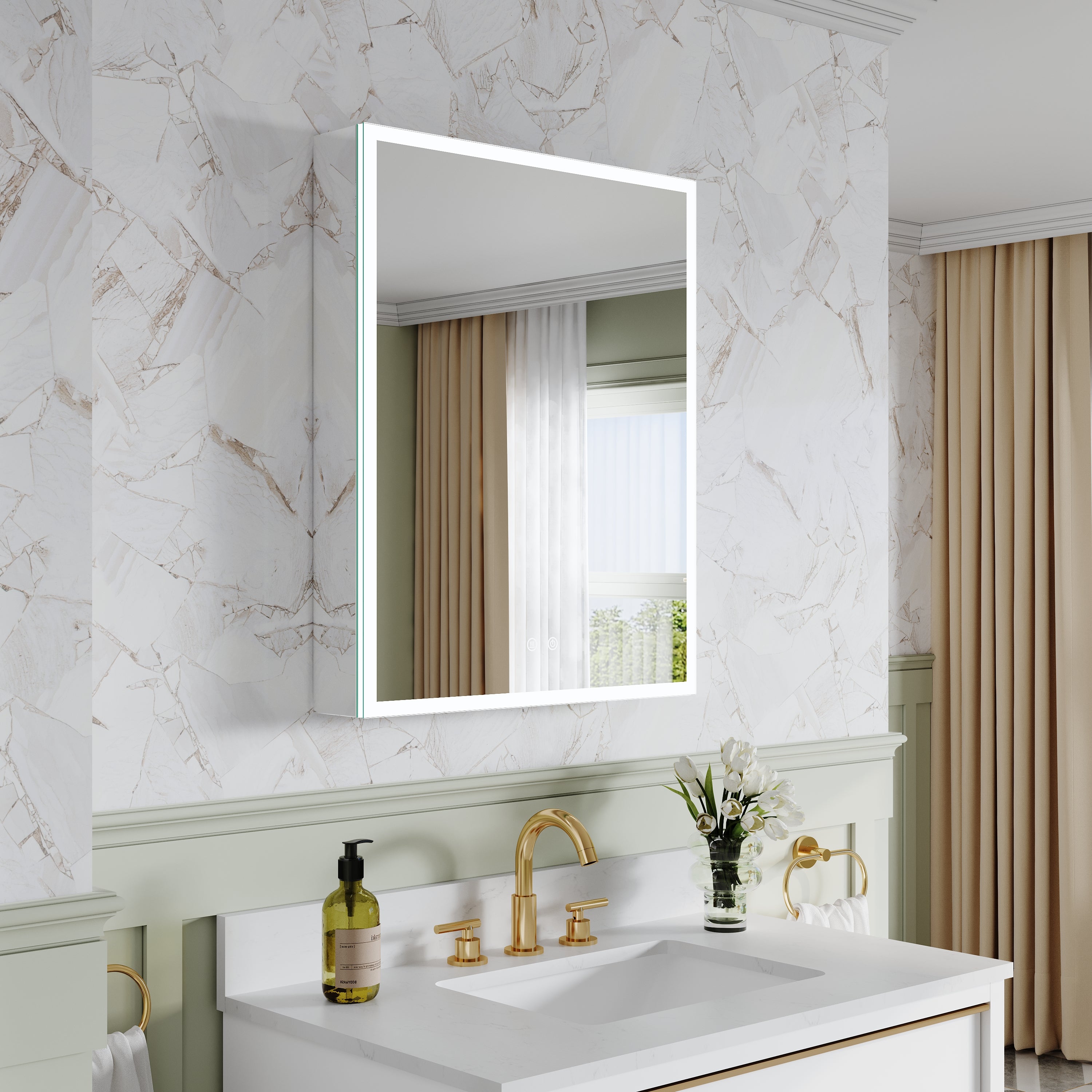
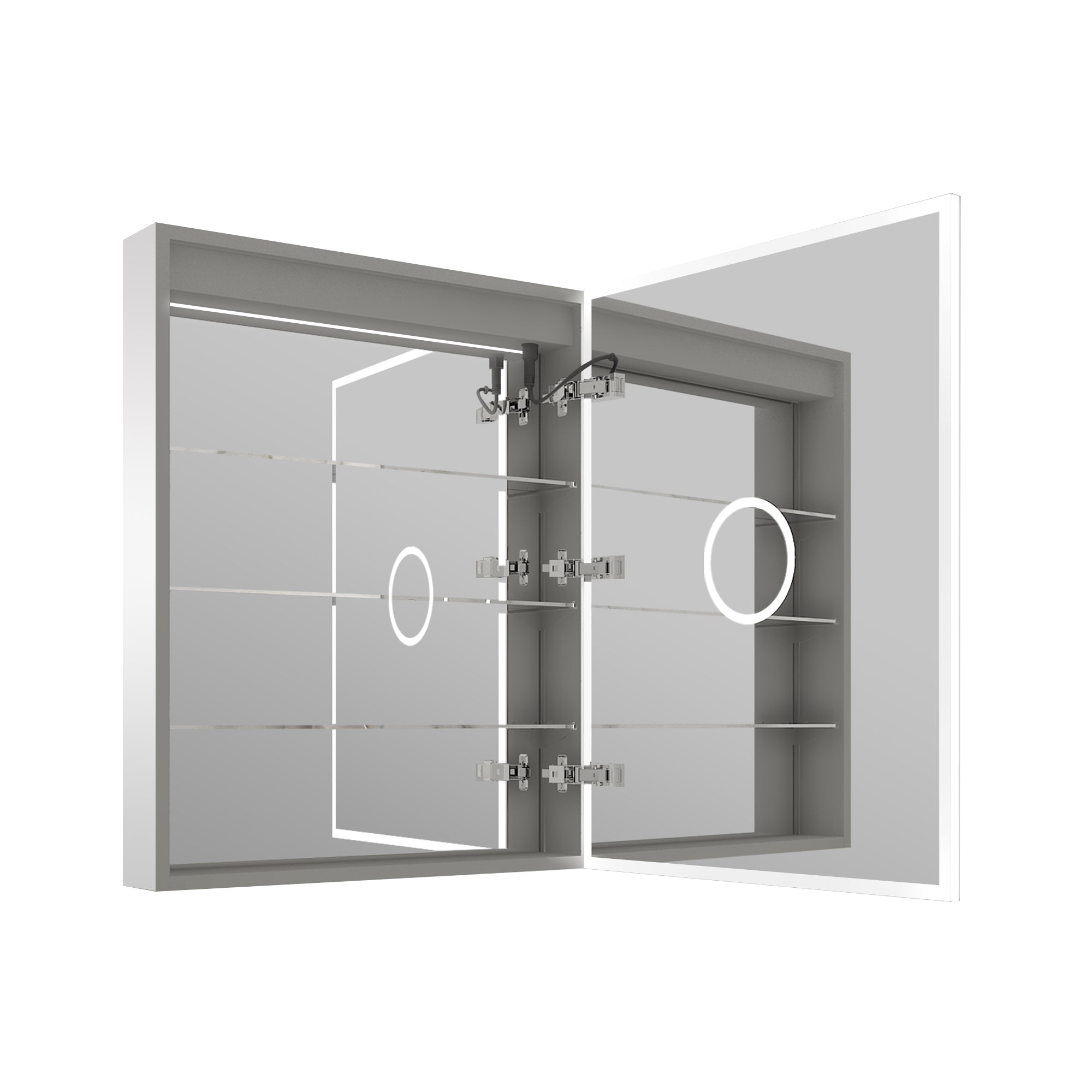
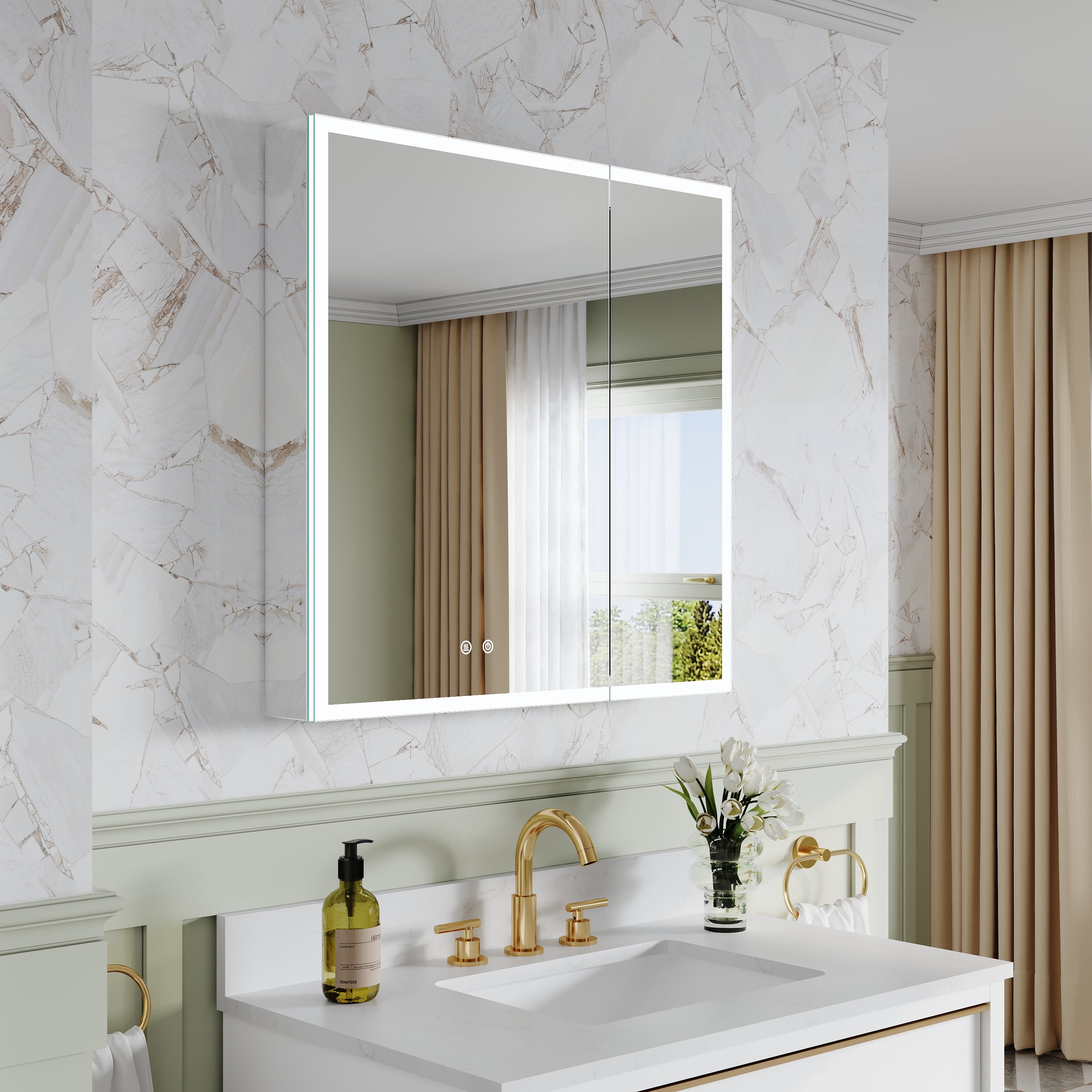
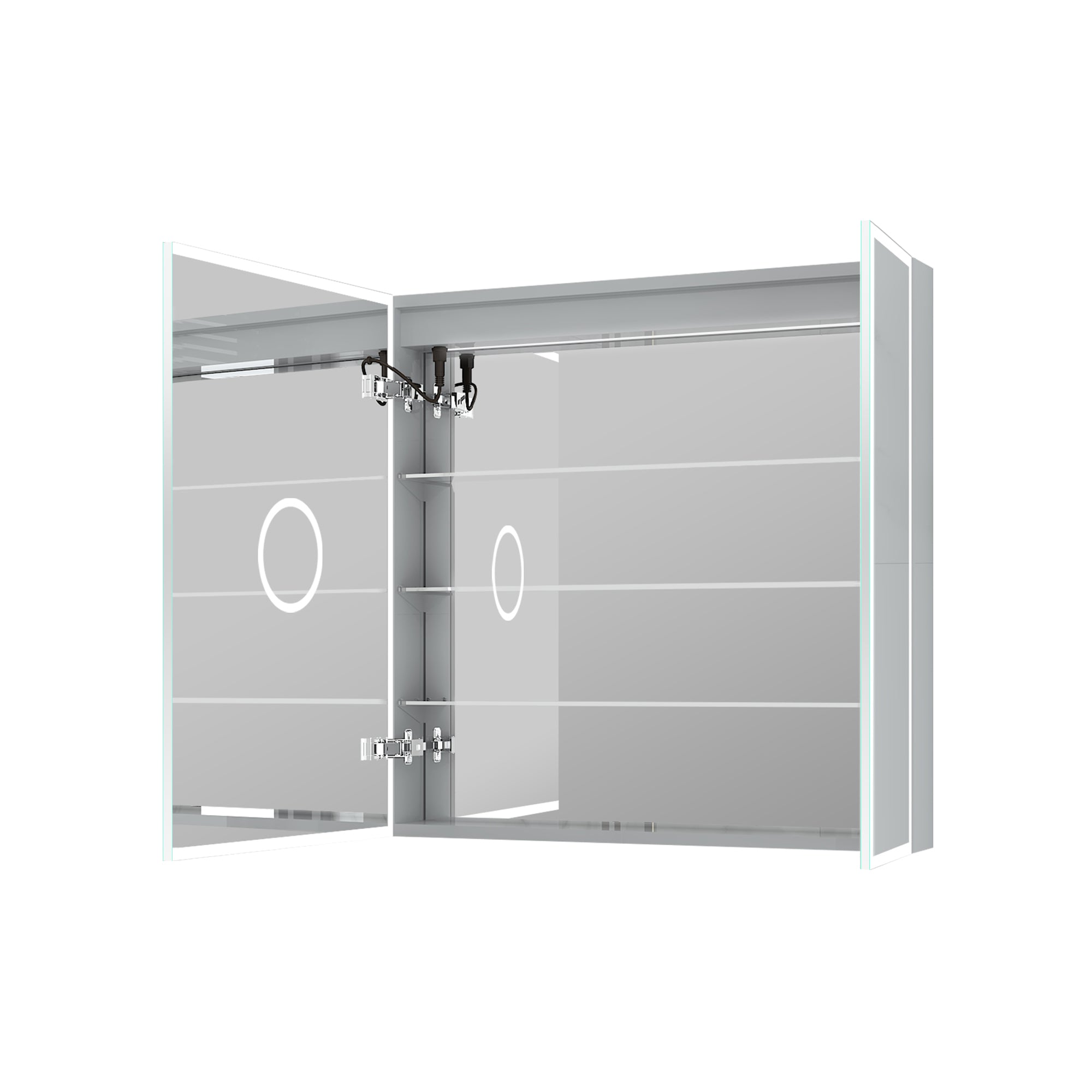


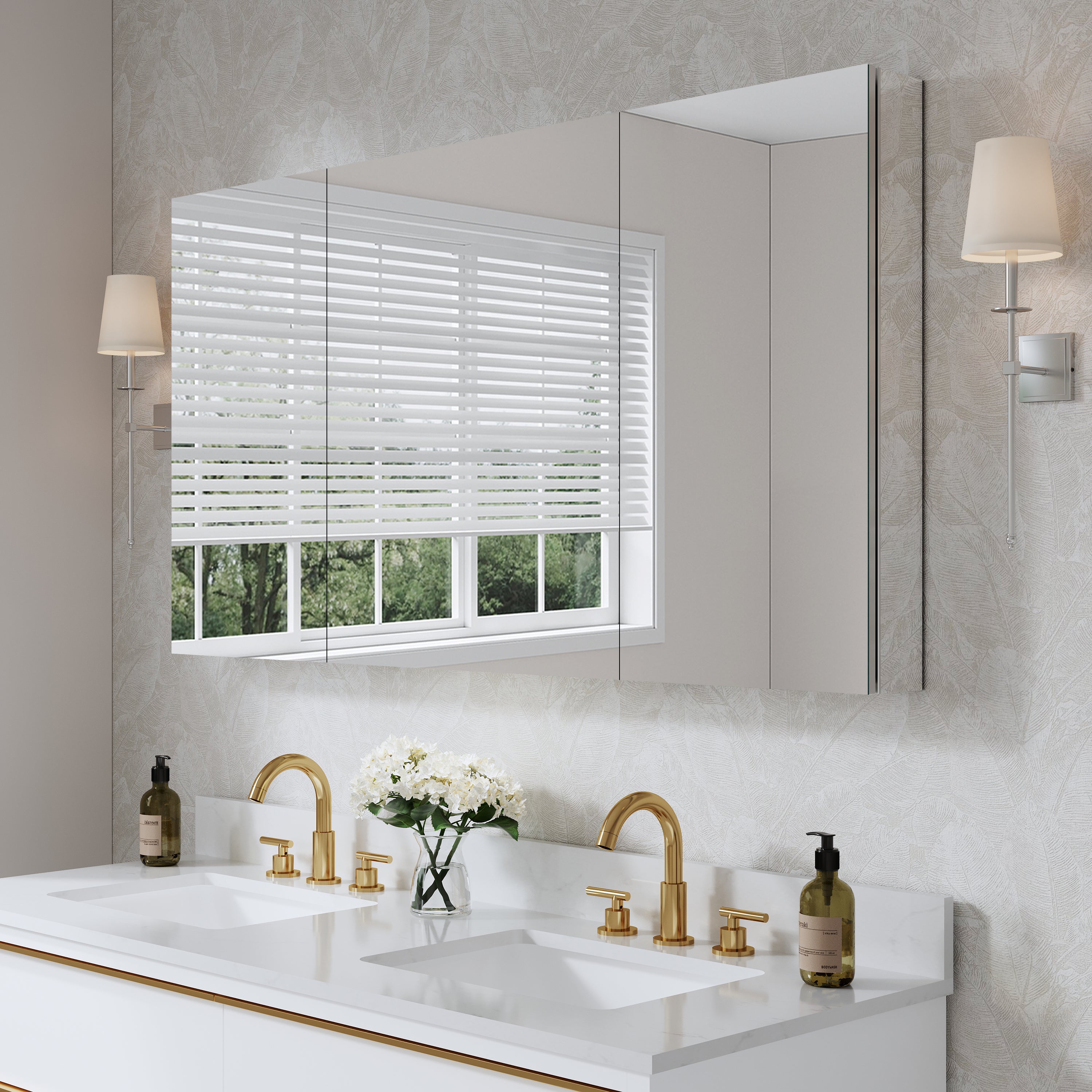

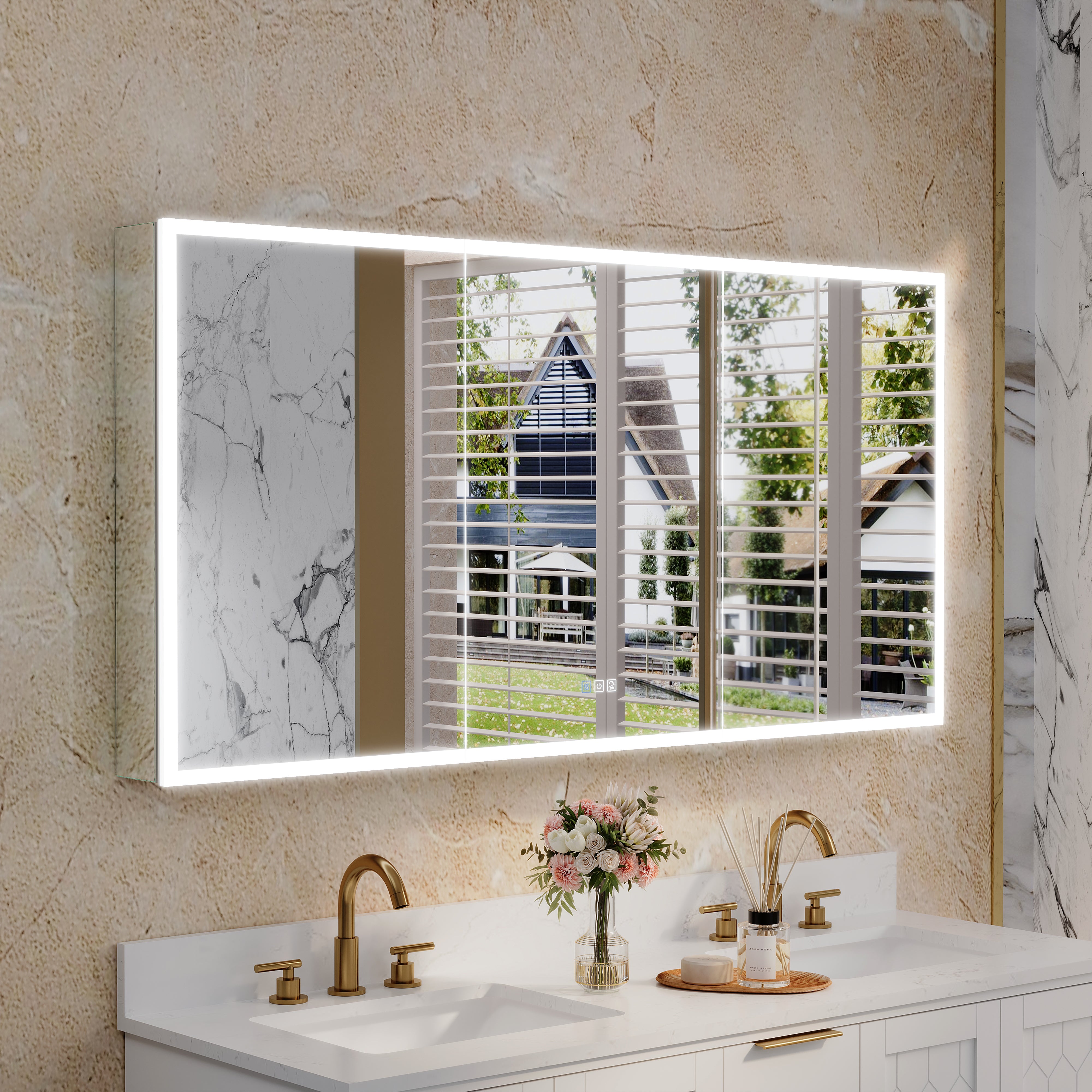

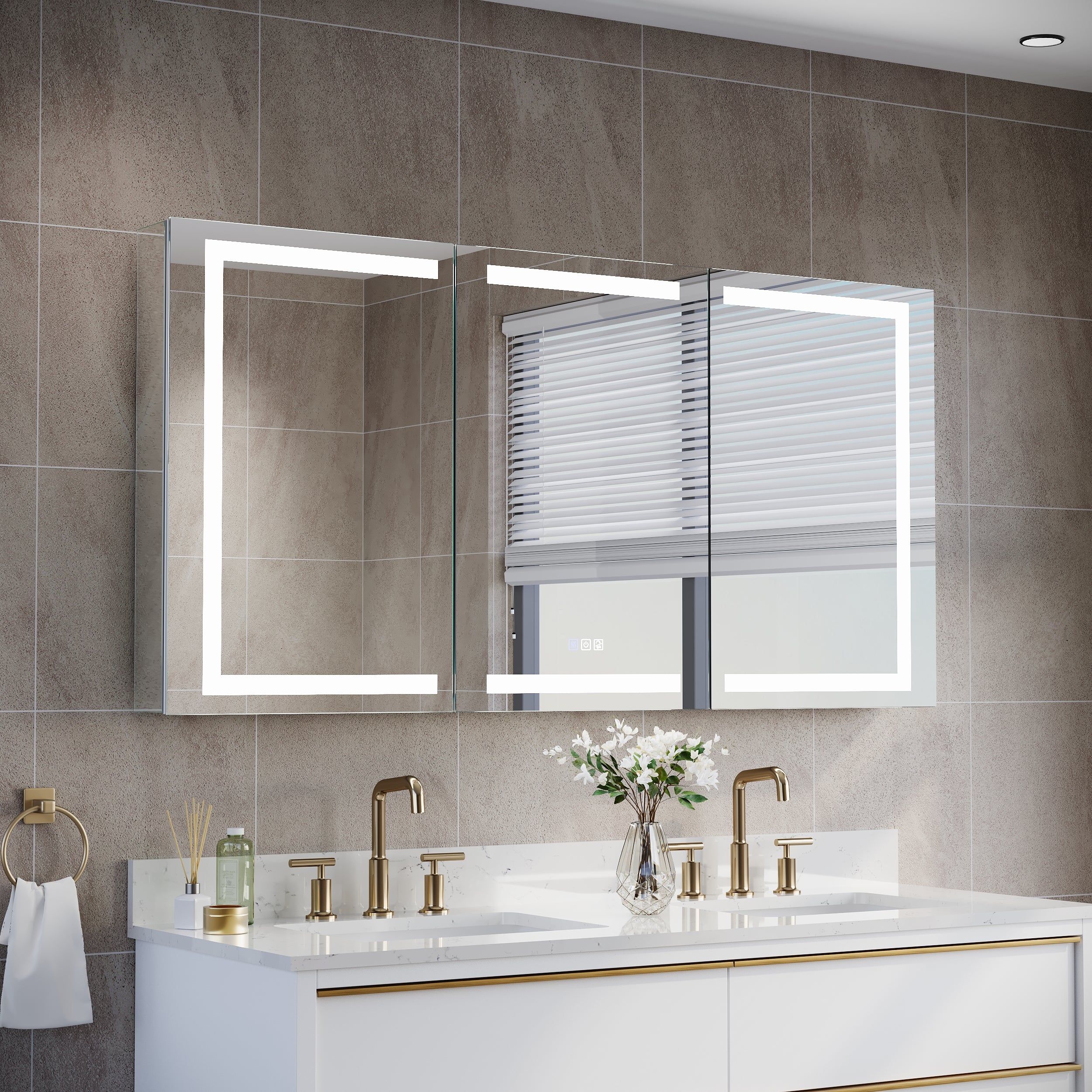


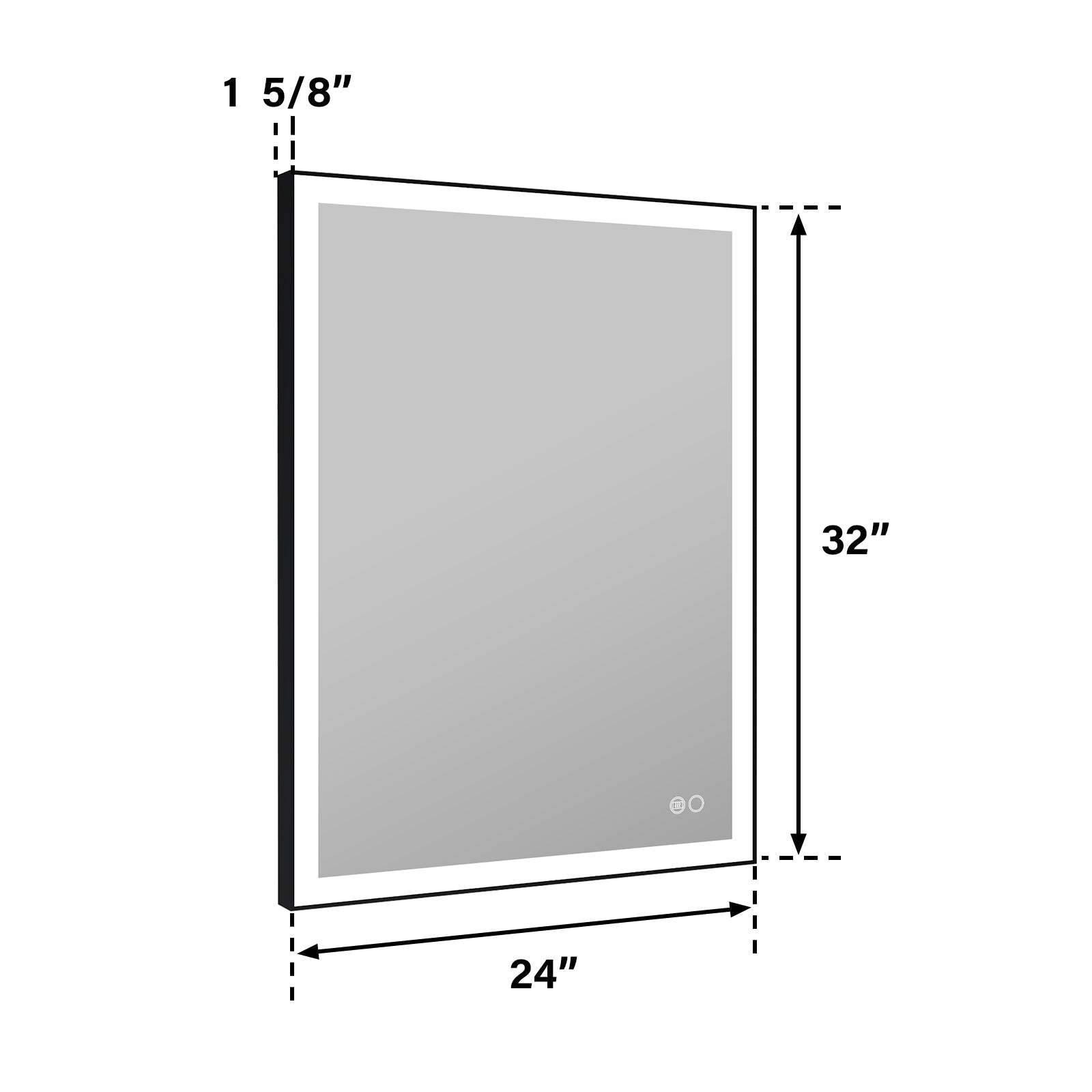
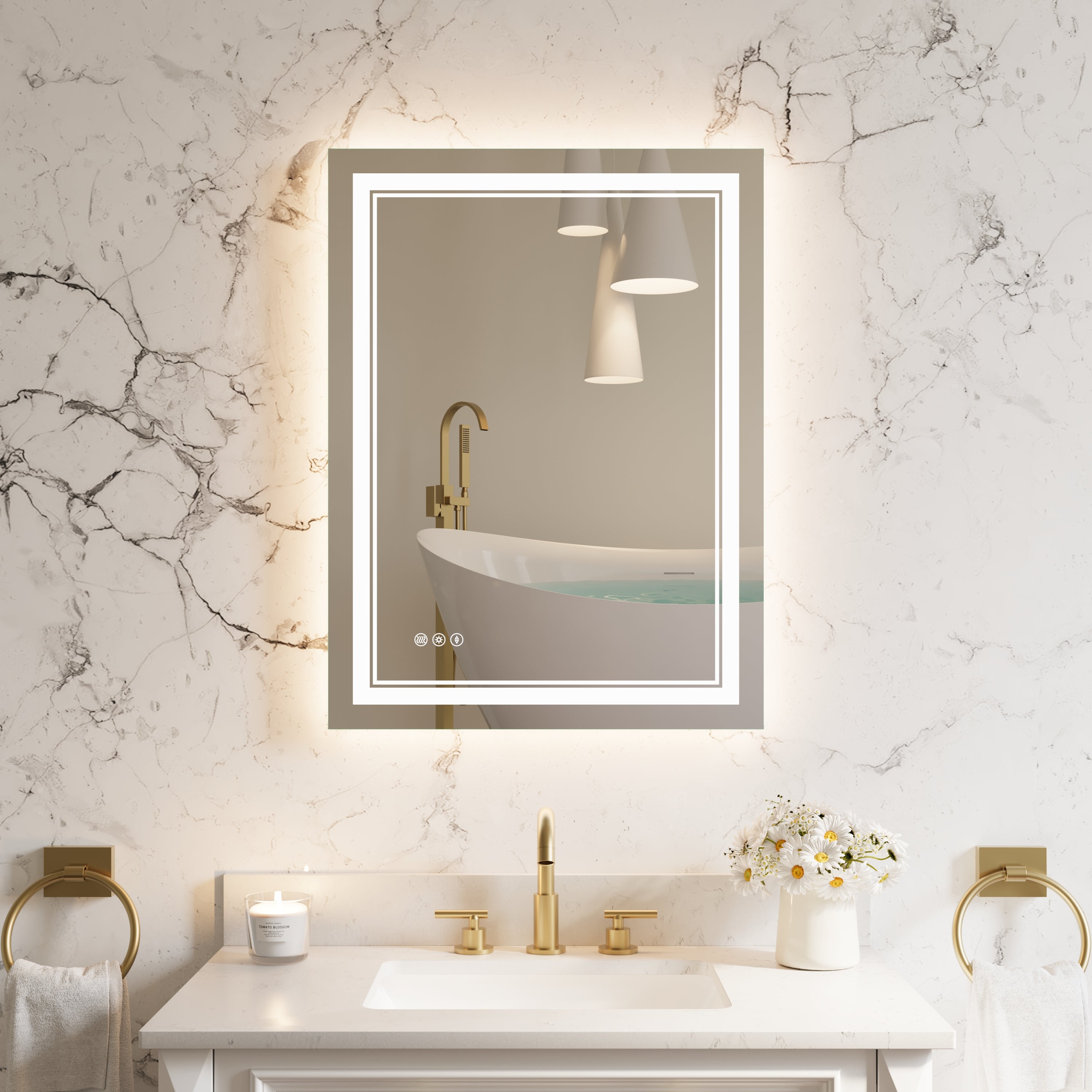
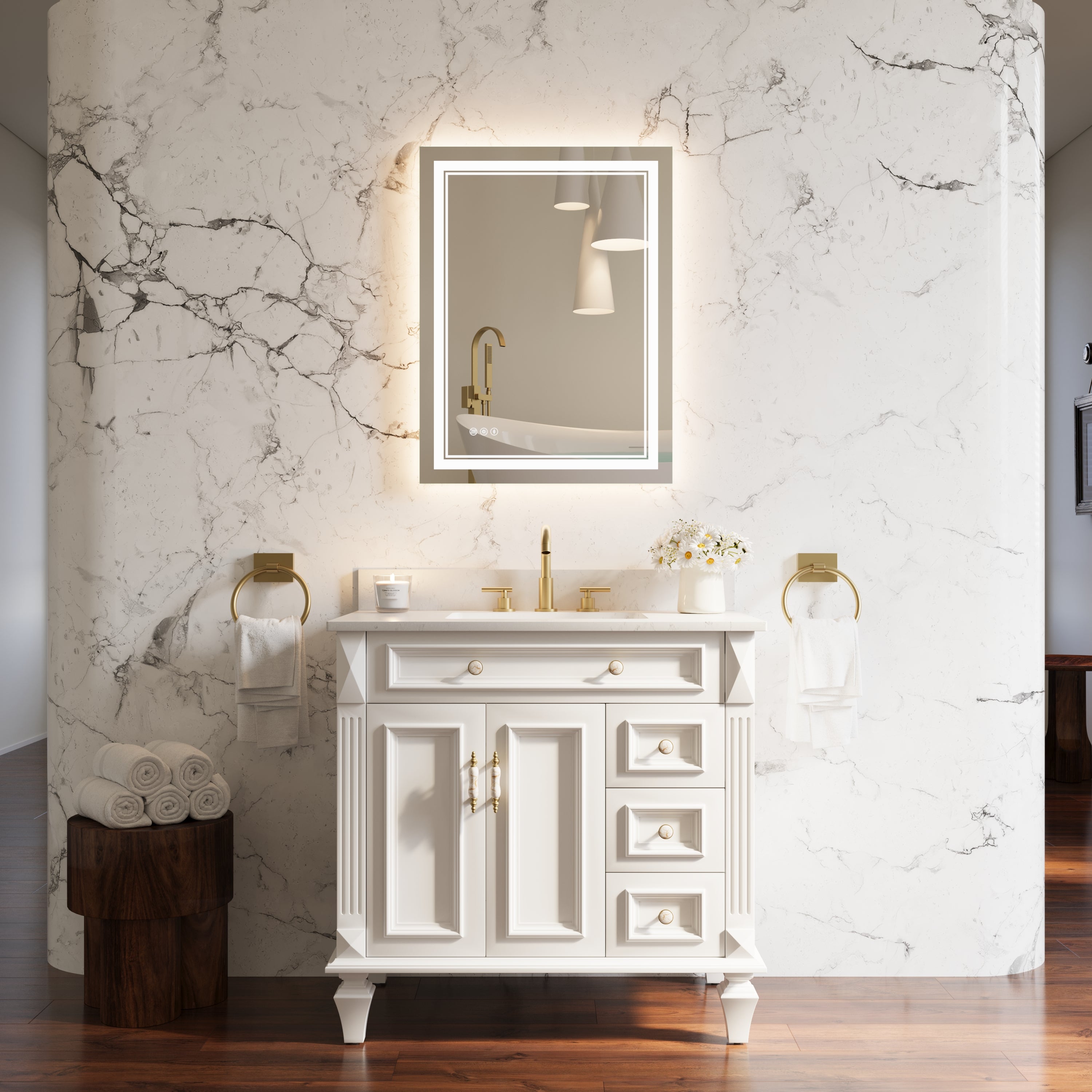
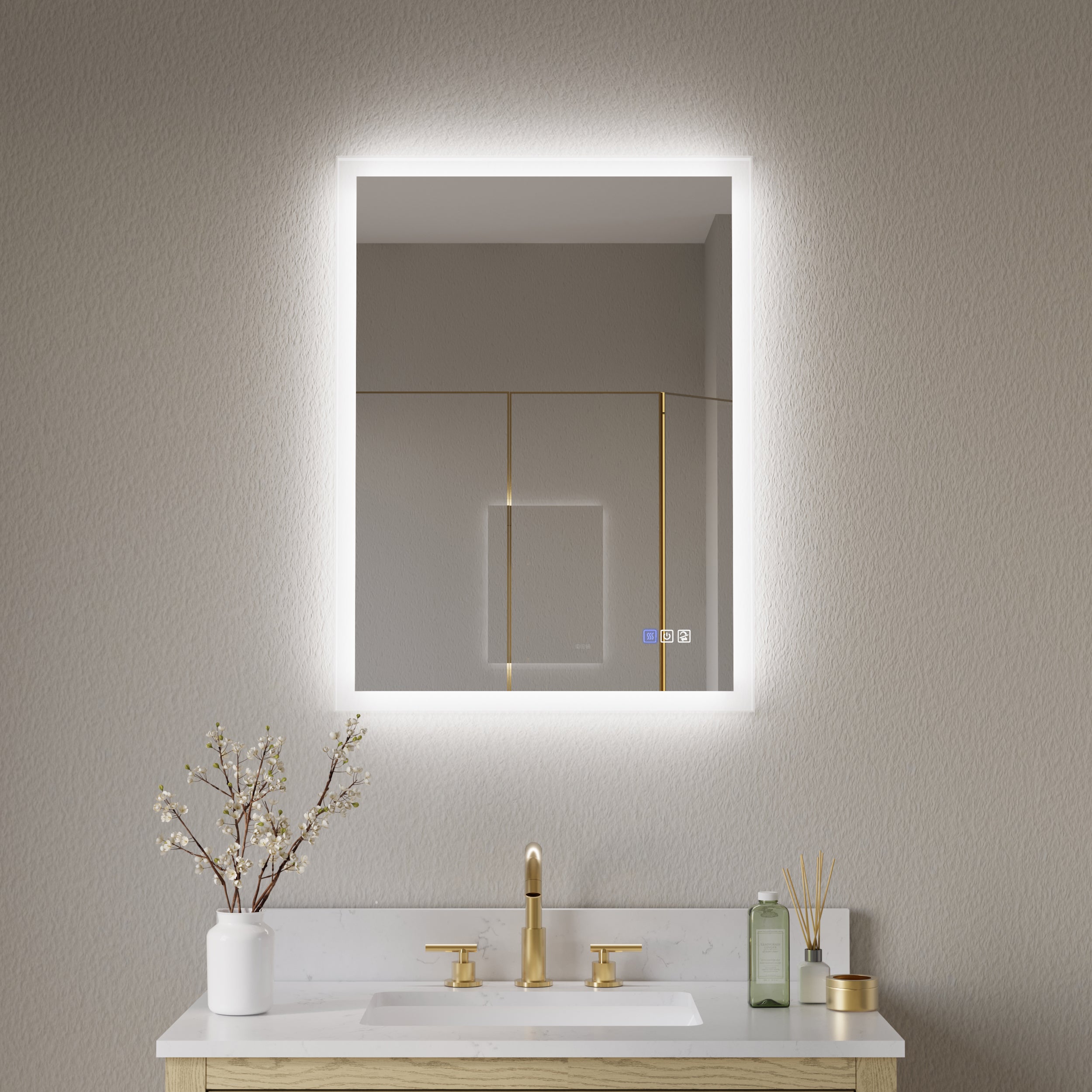

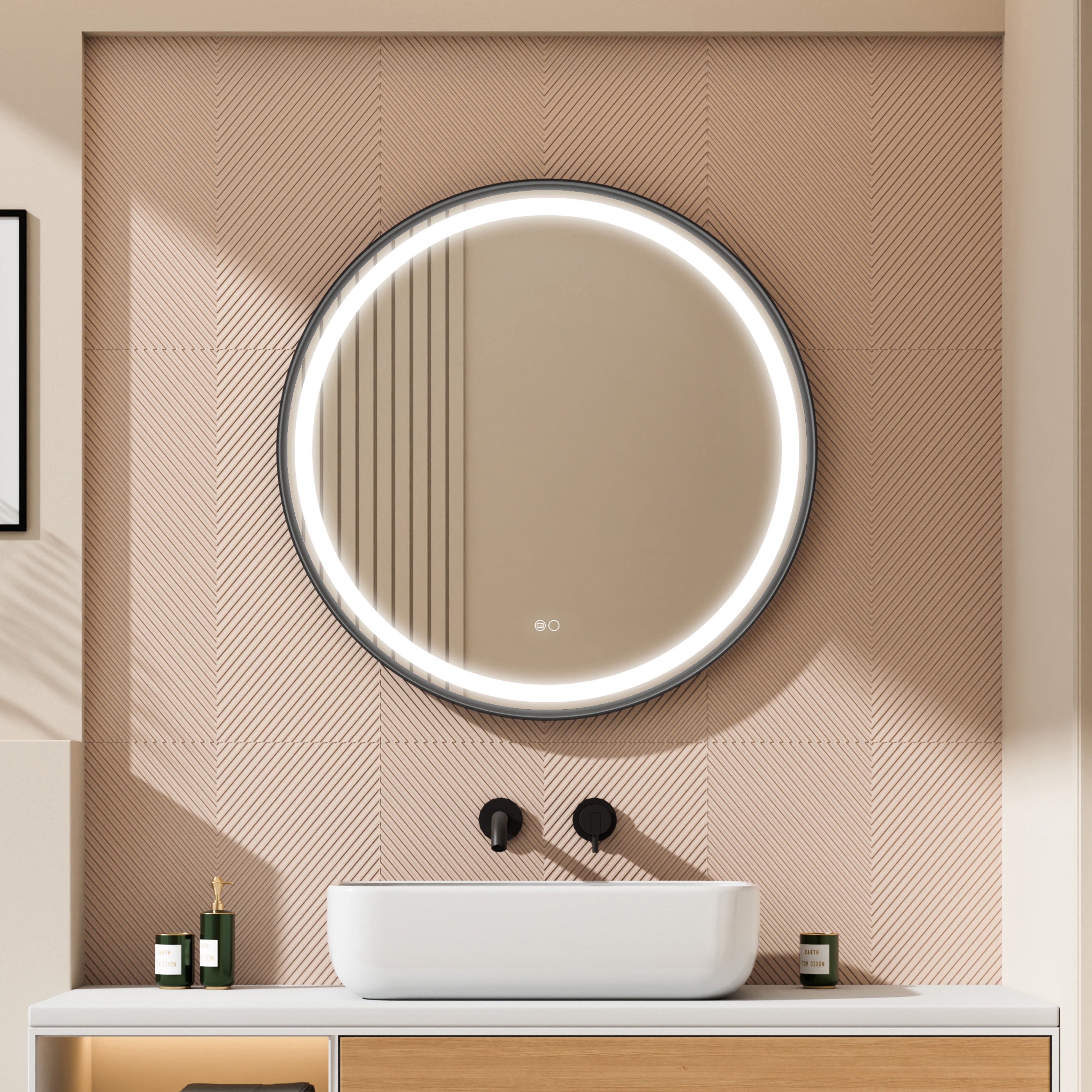



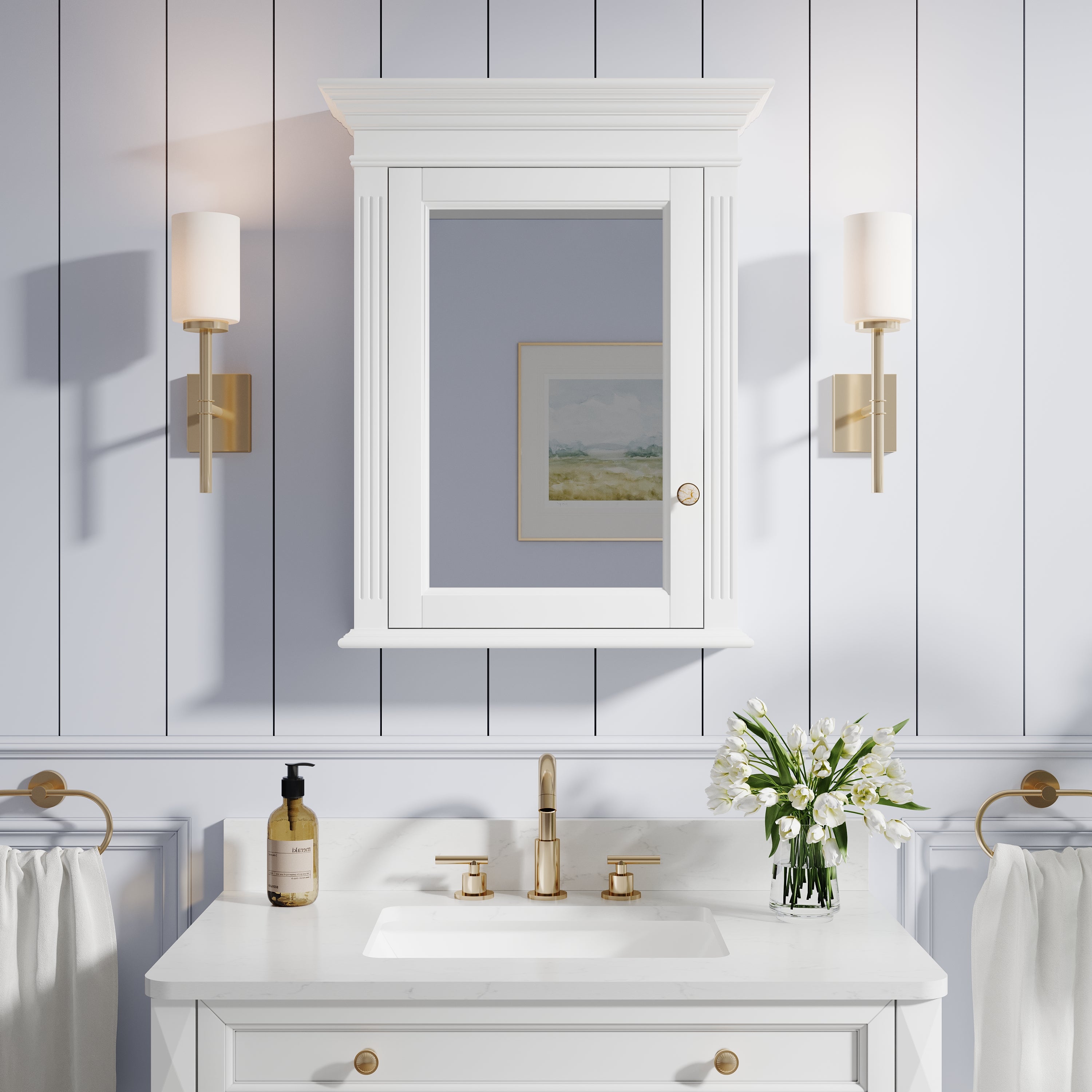
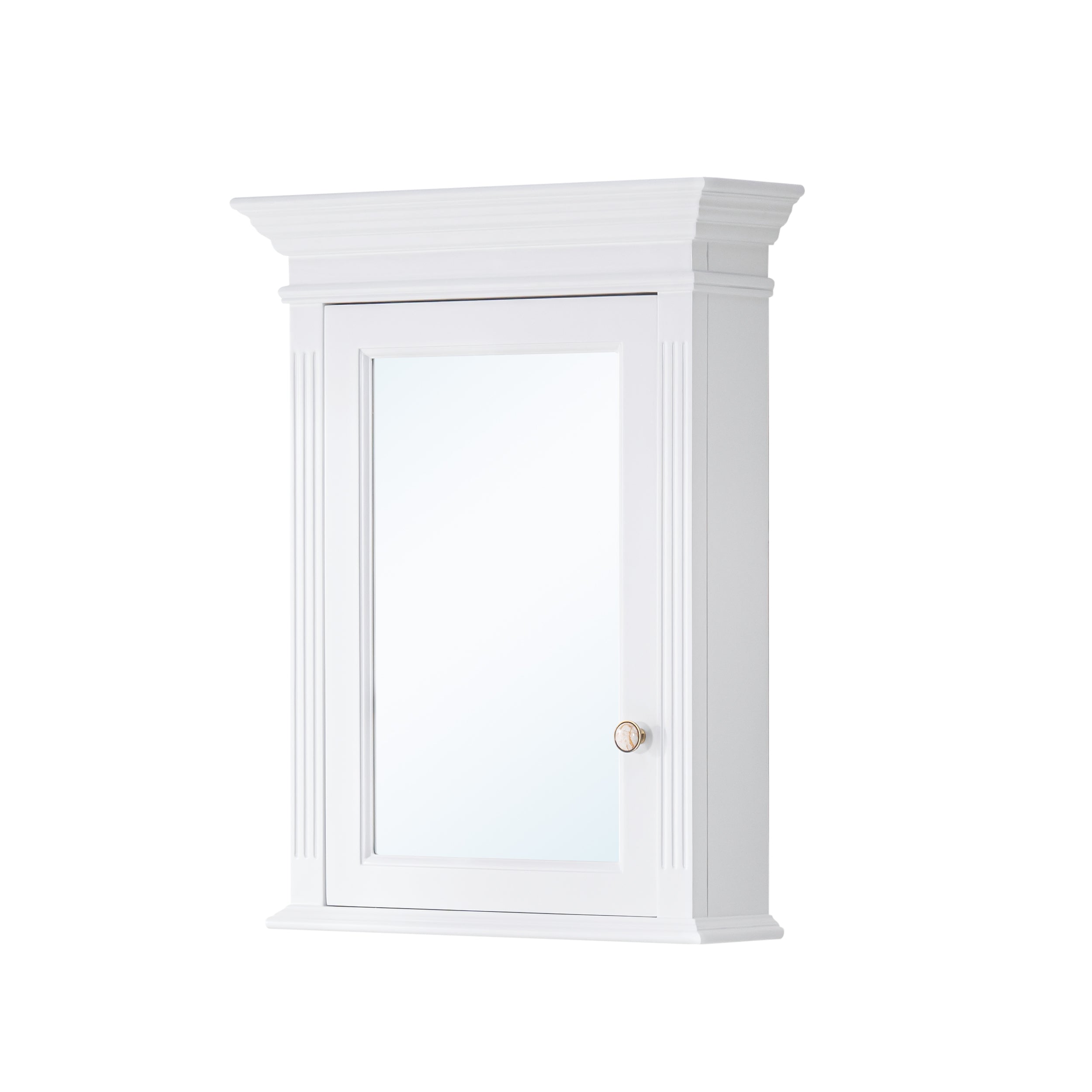
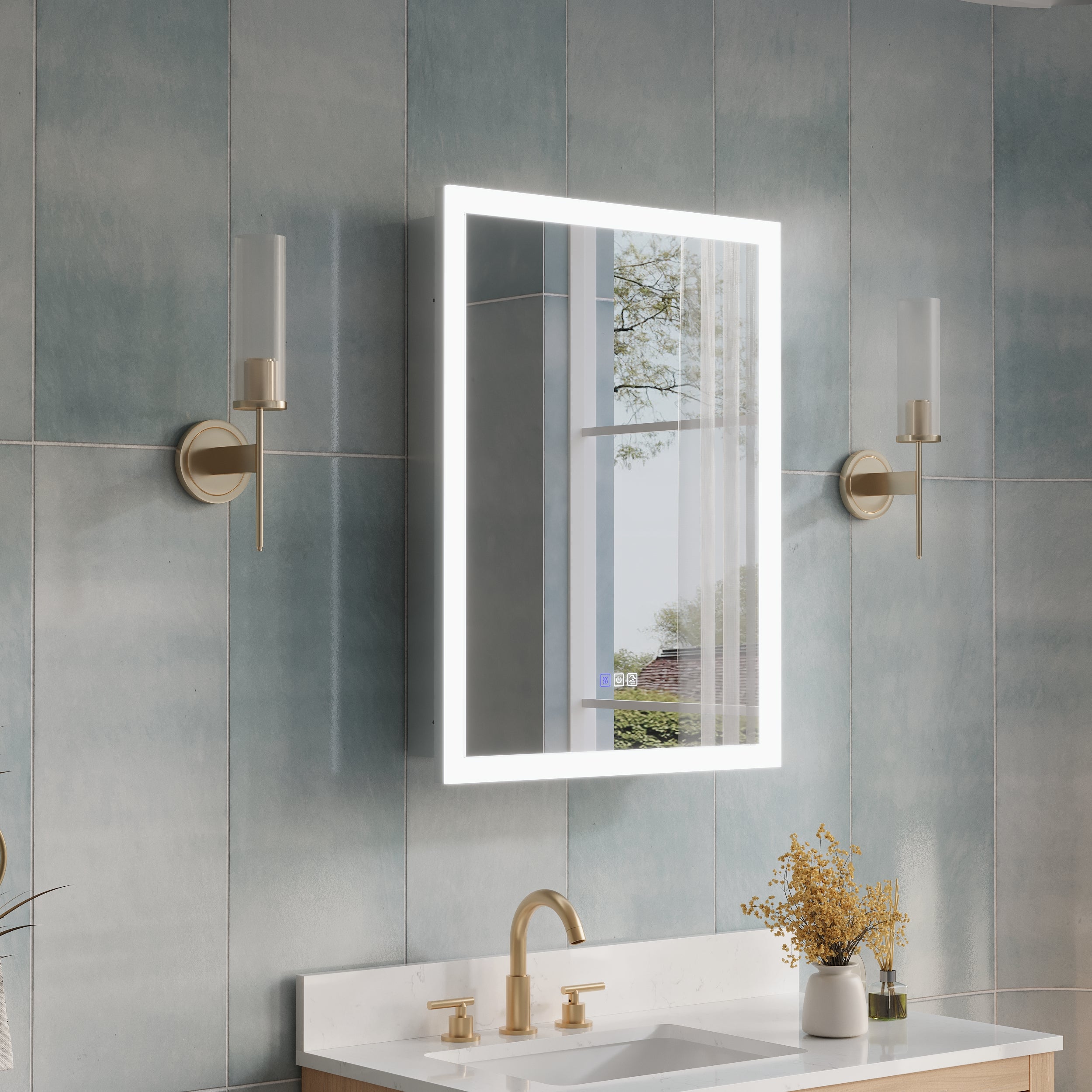
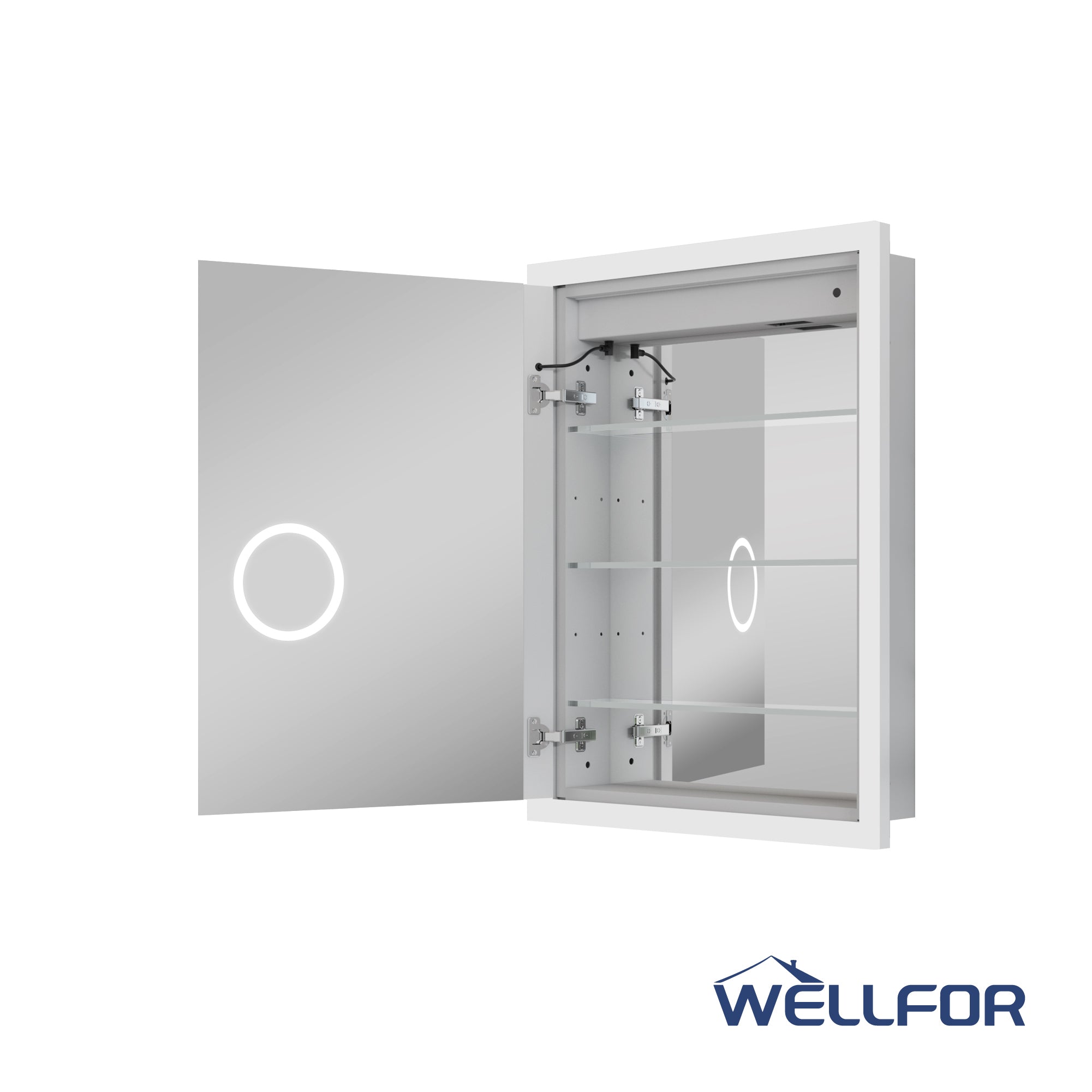
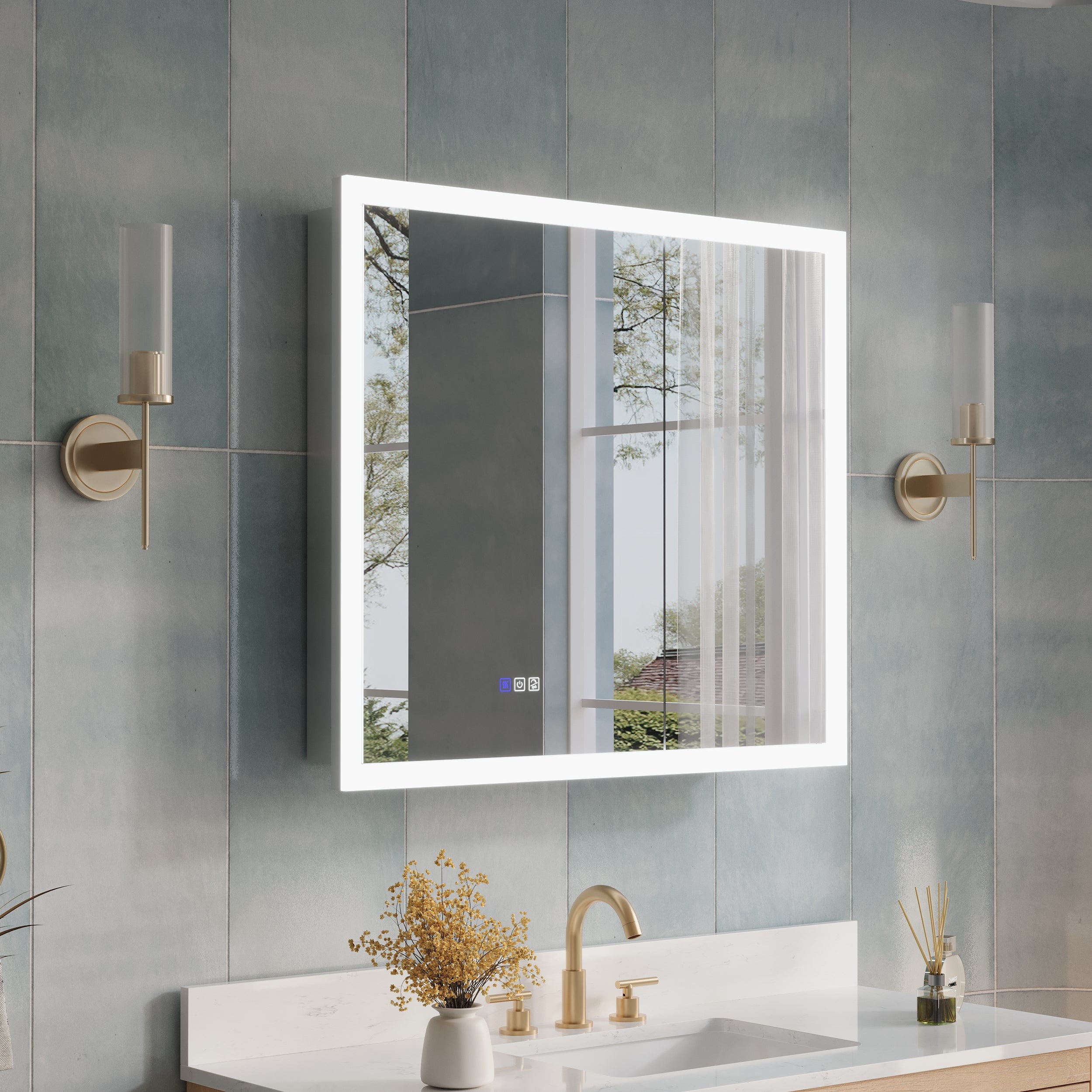



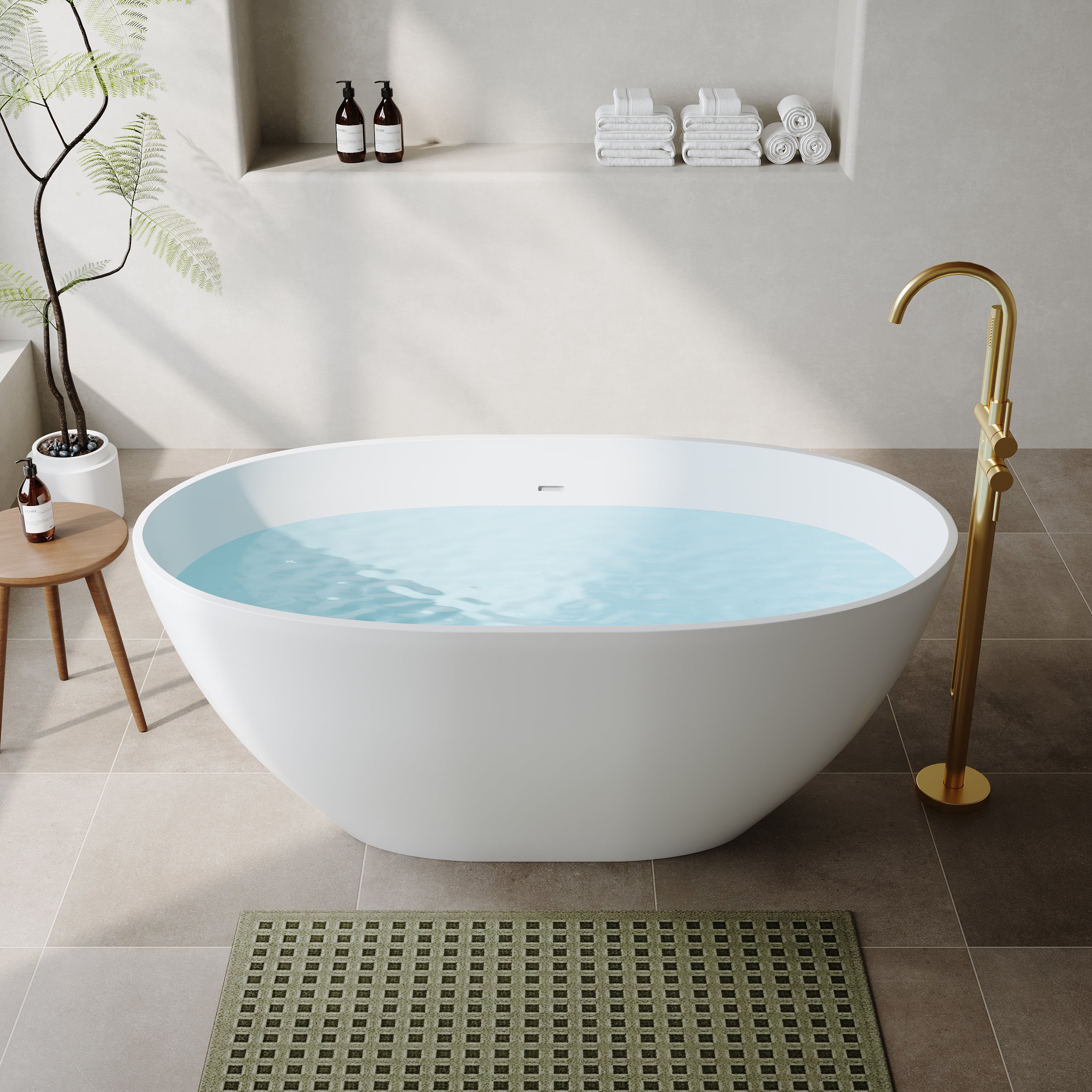
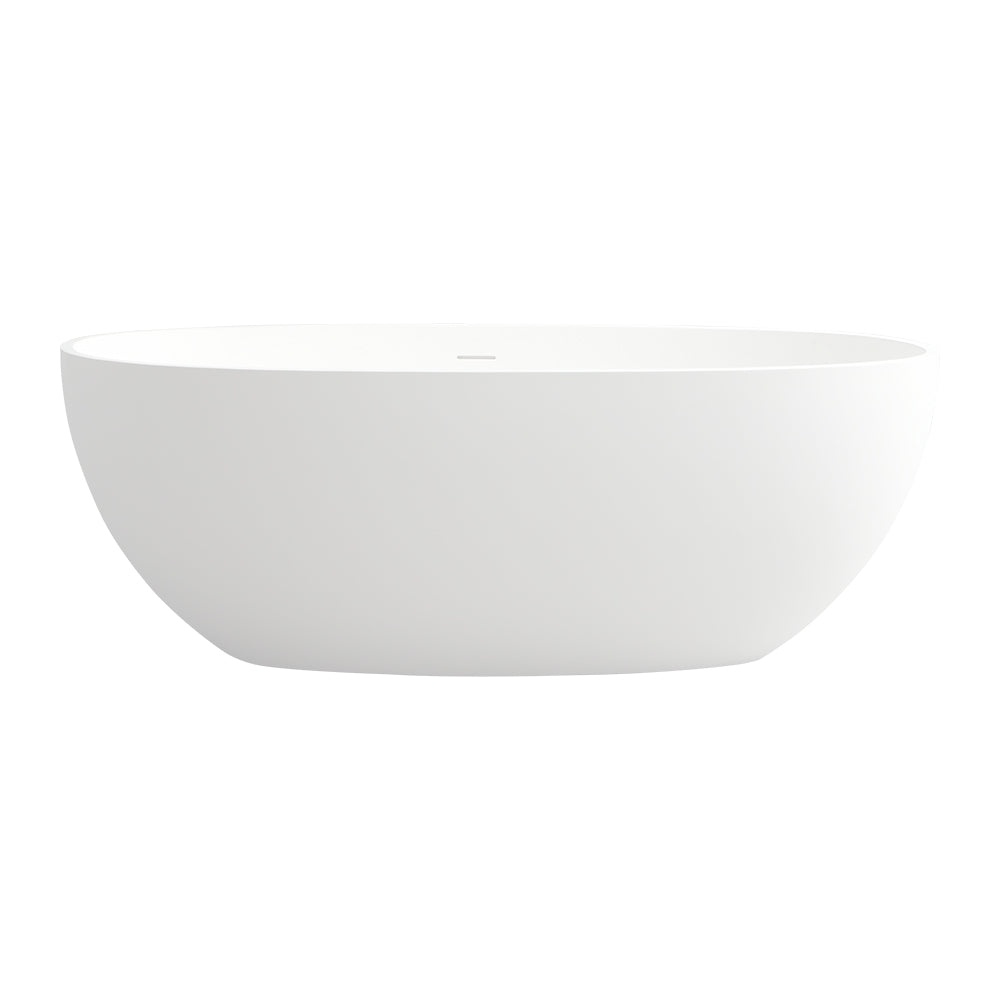
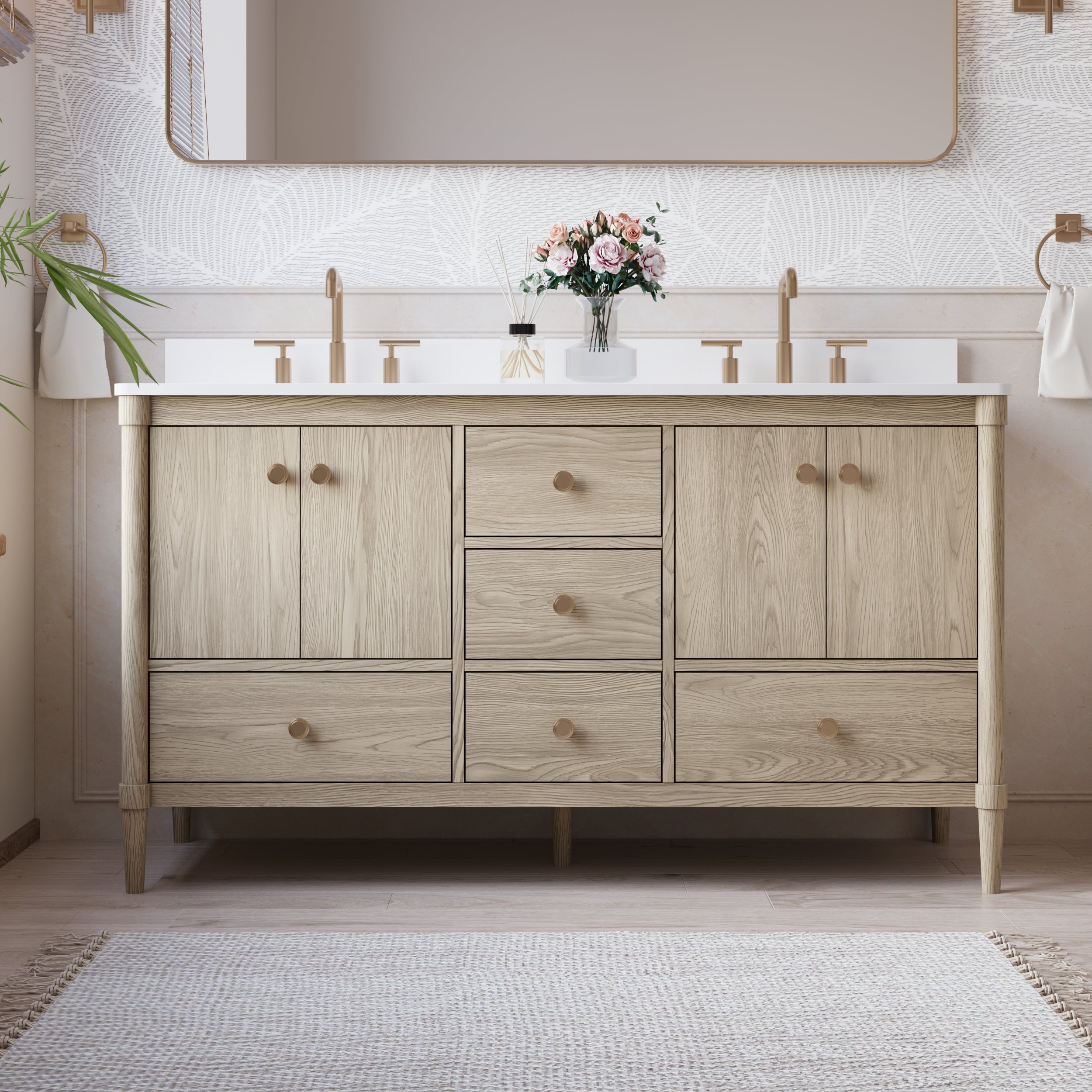
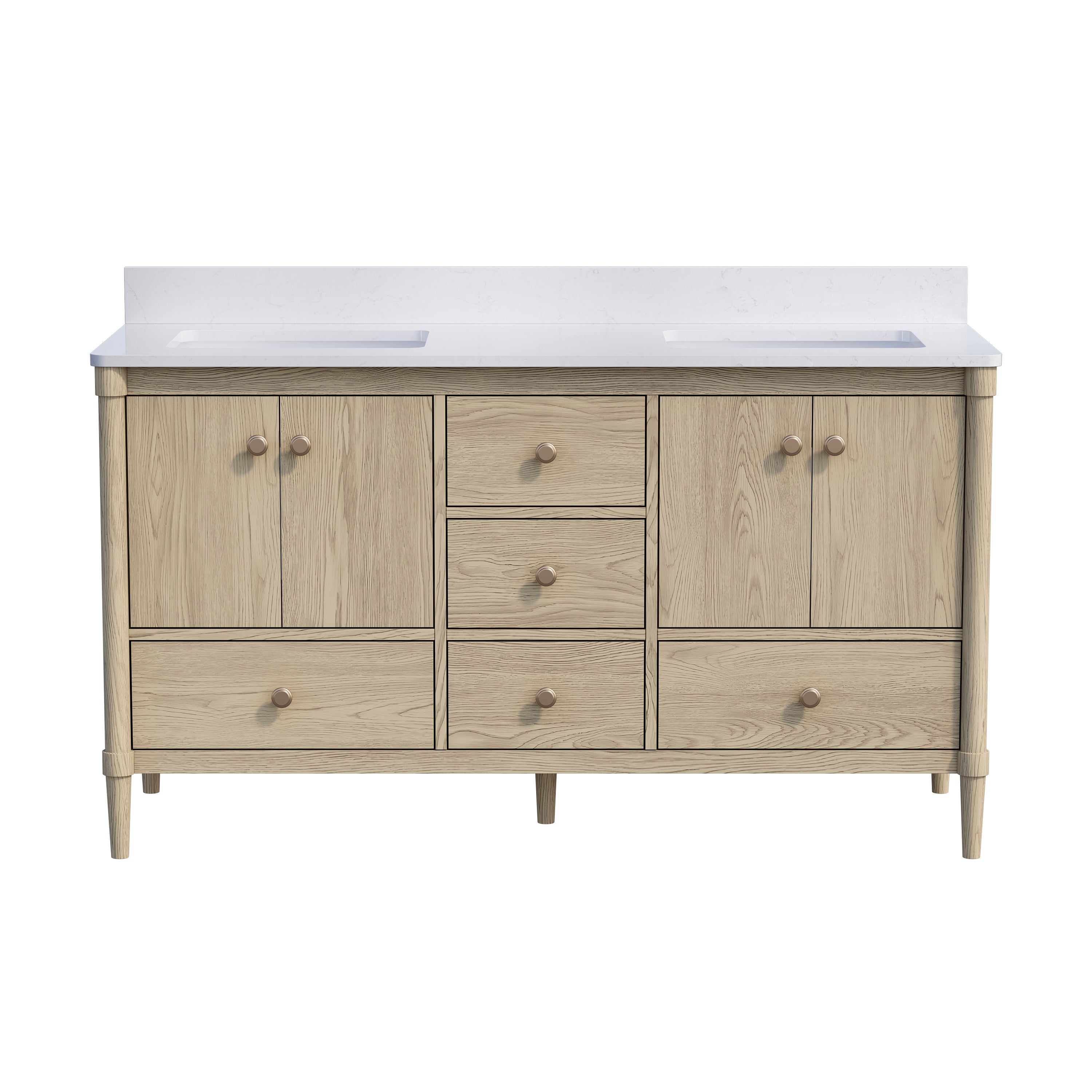
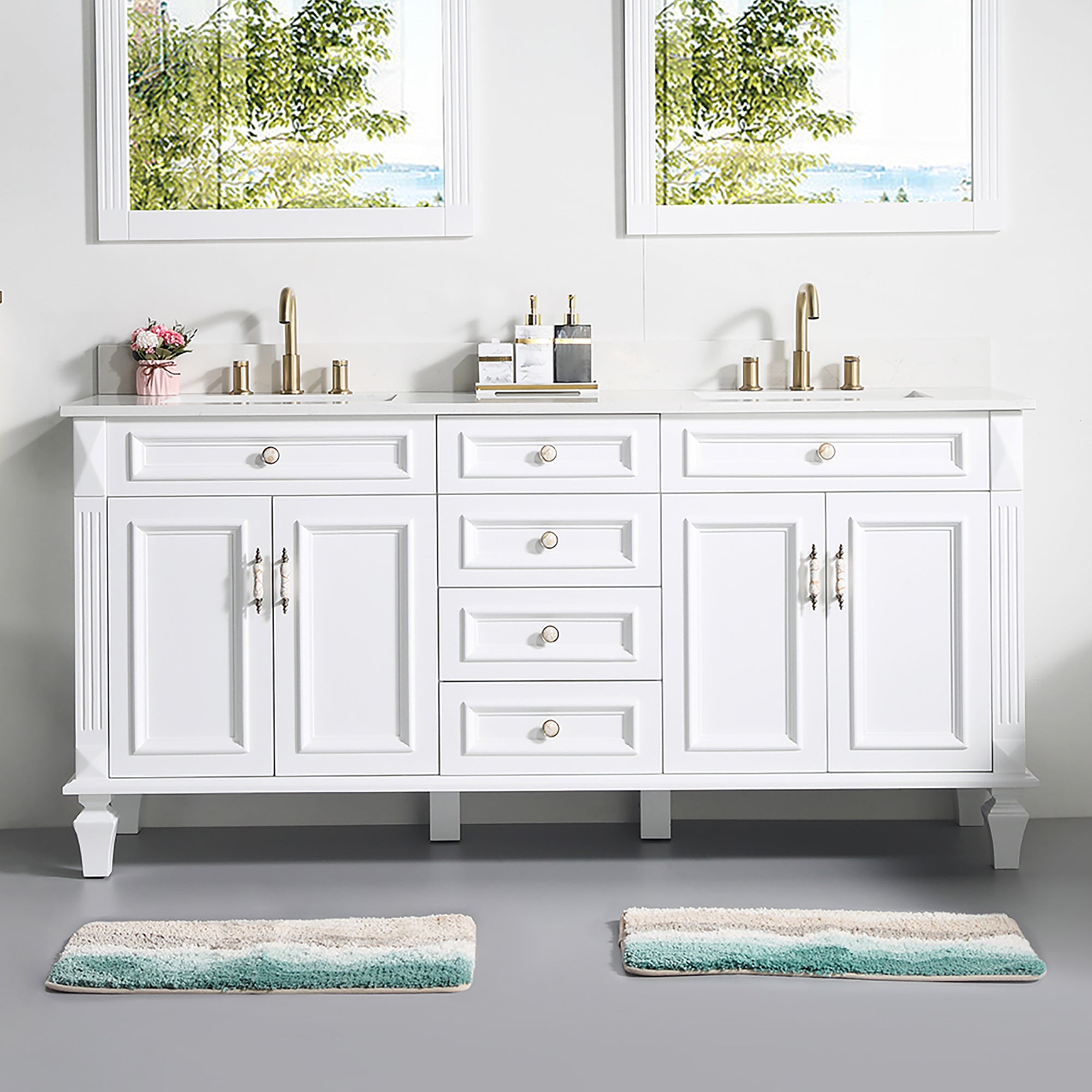
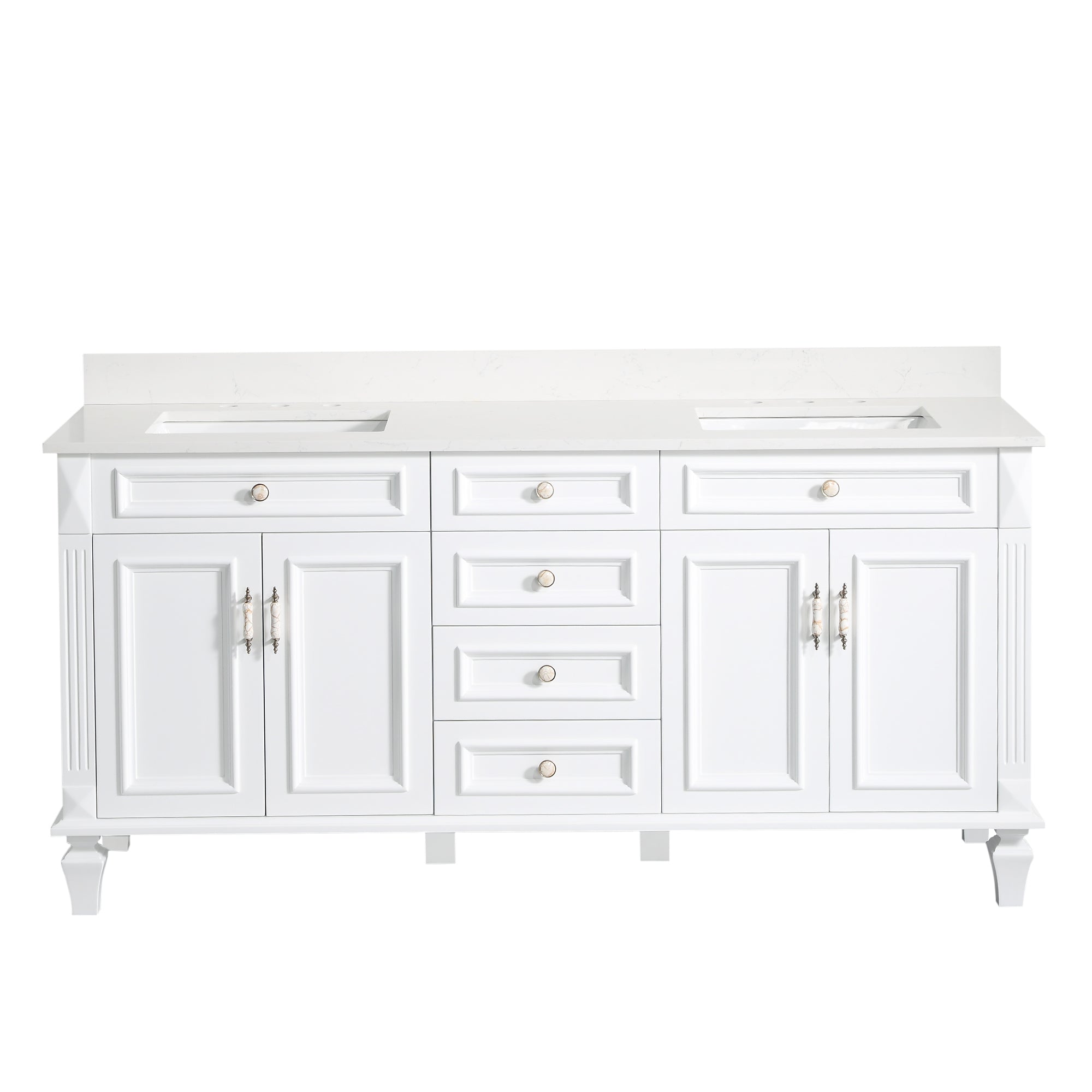
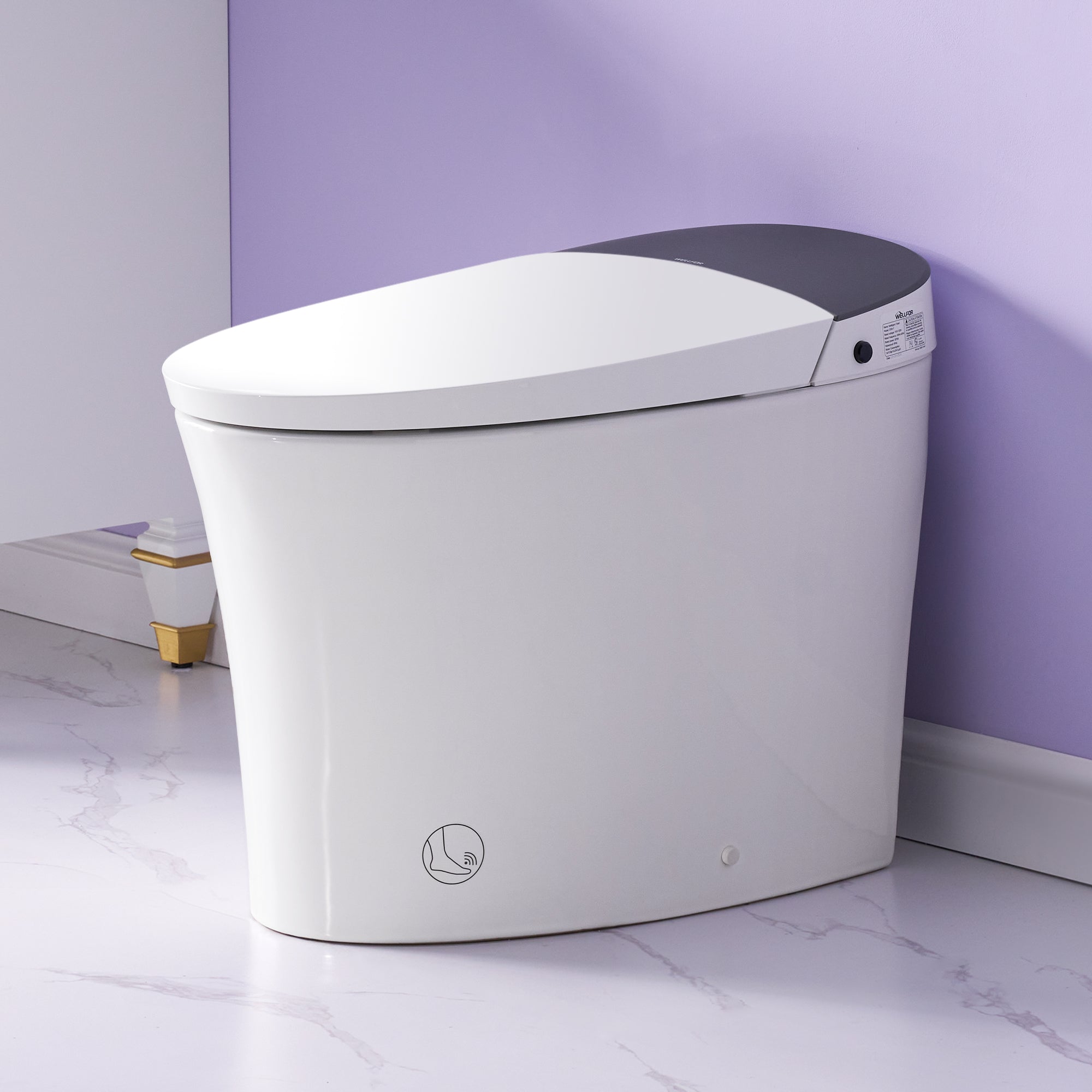
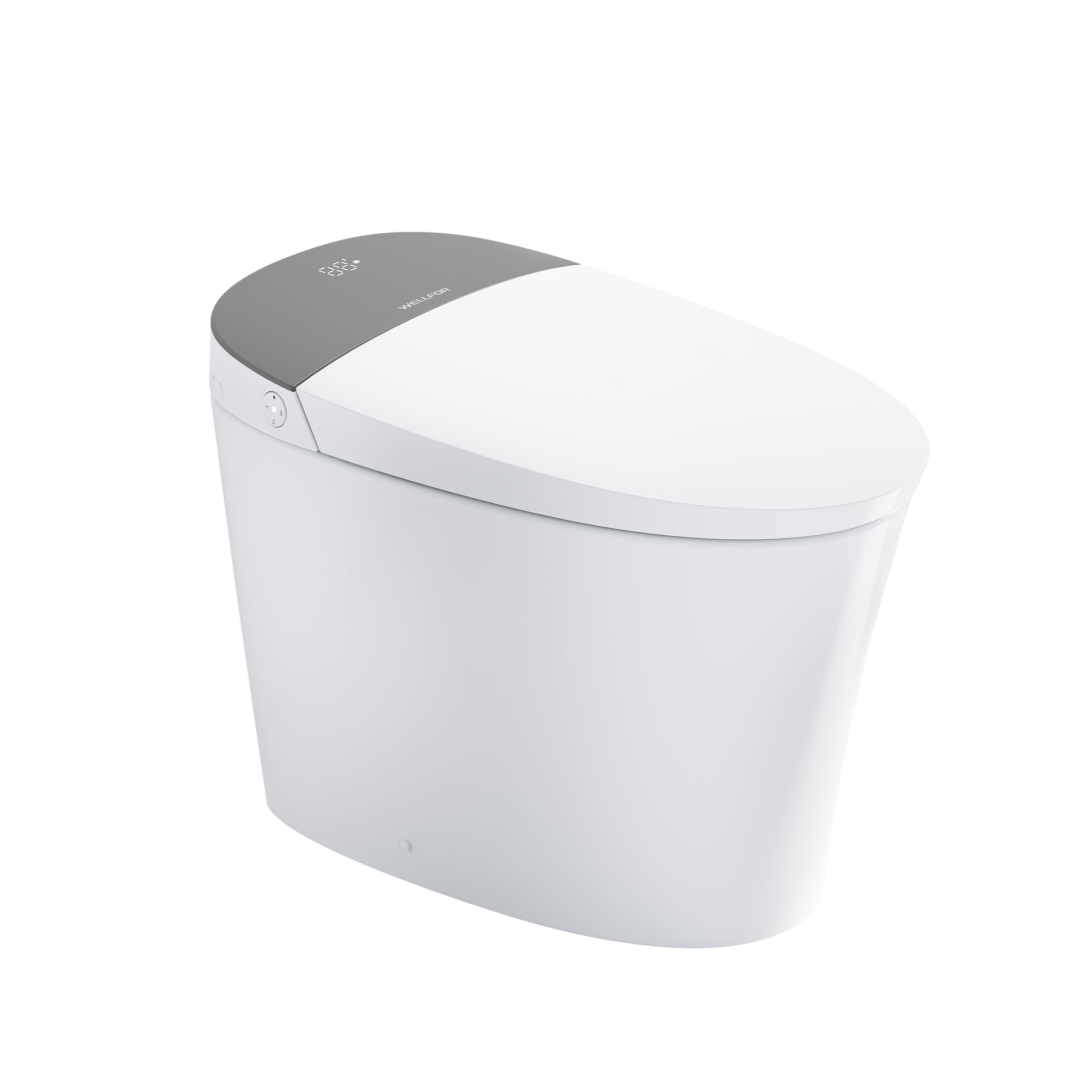
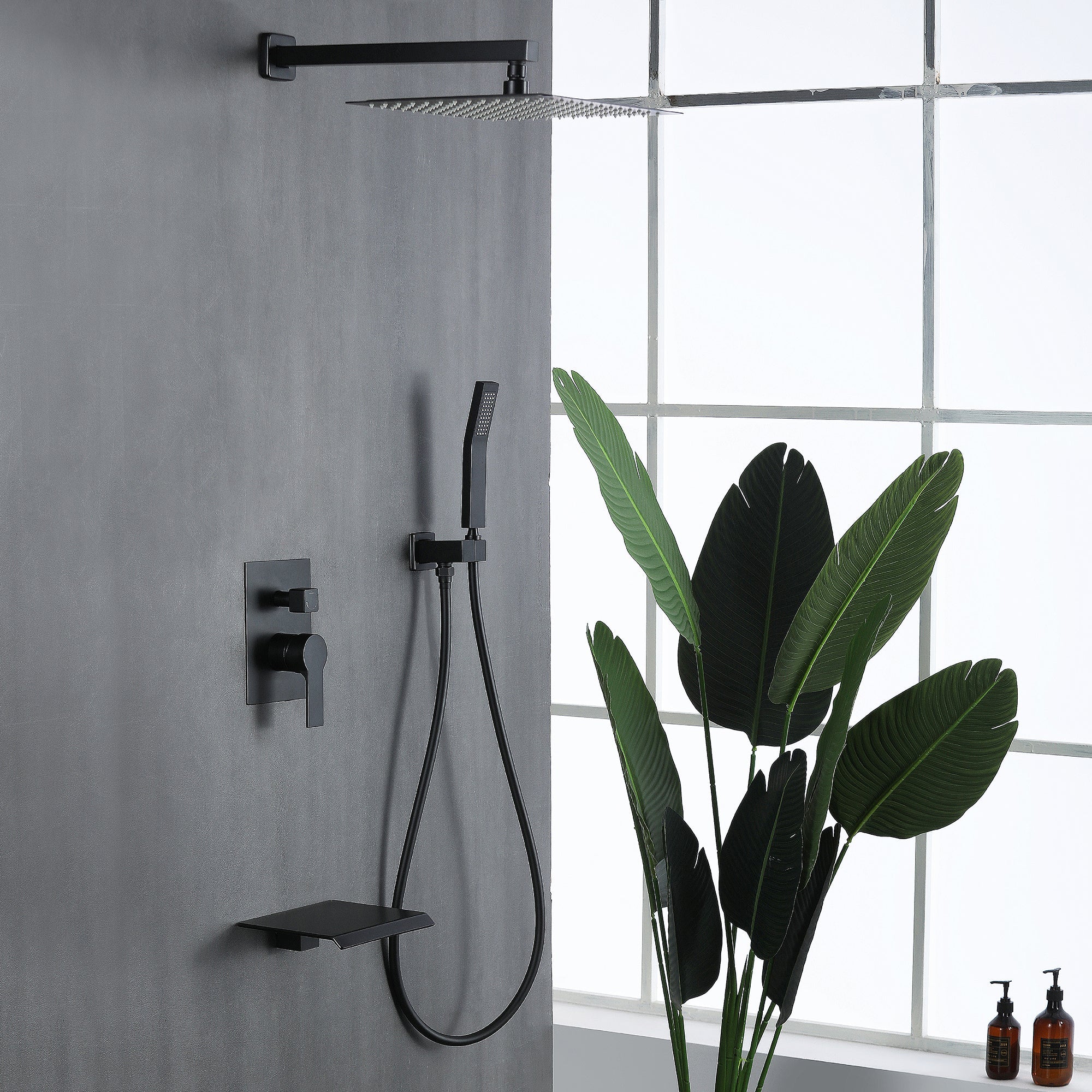
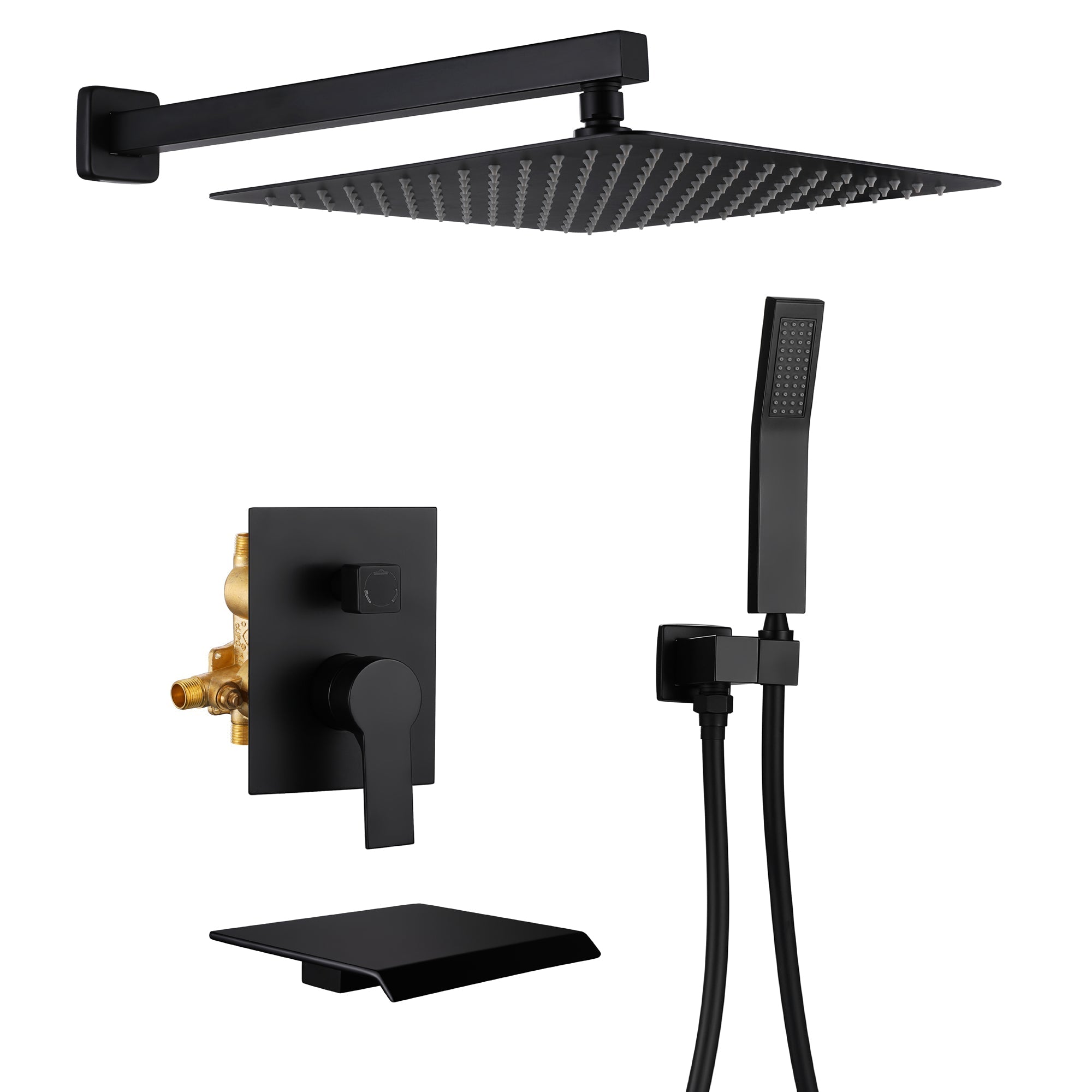
Leave a comment
This site is protected by hCaptcha and the hCaptcha Privacy Policy and Terms of Service apply.